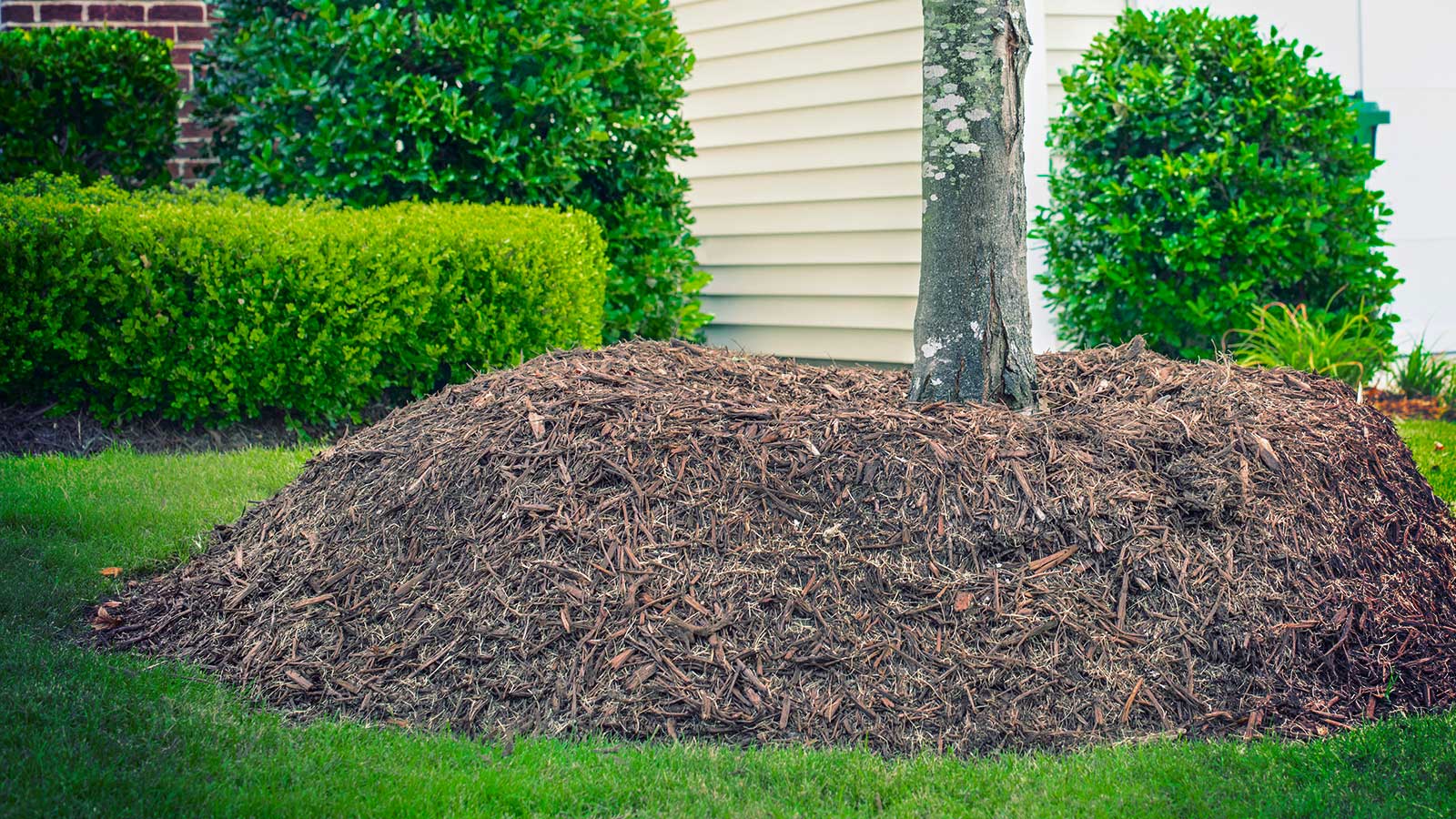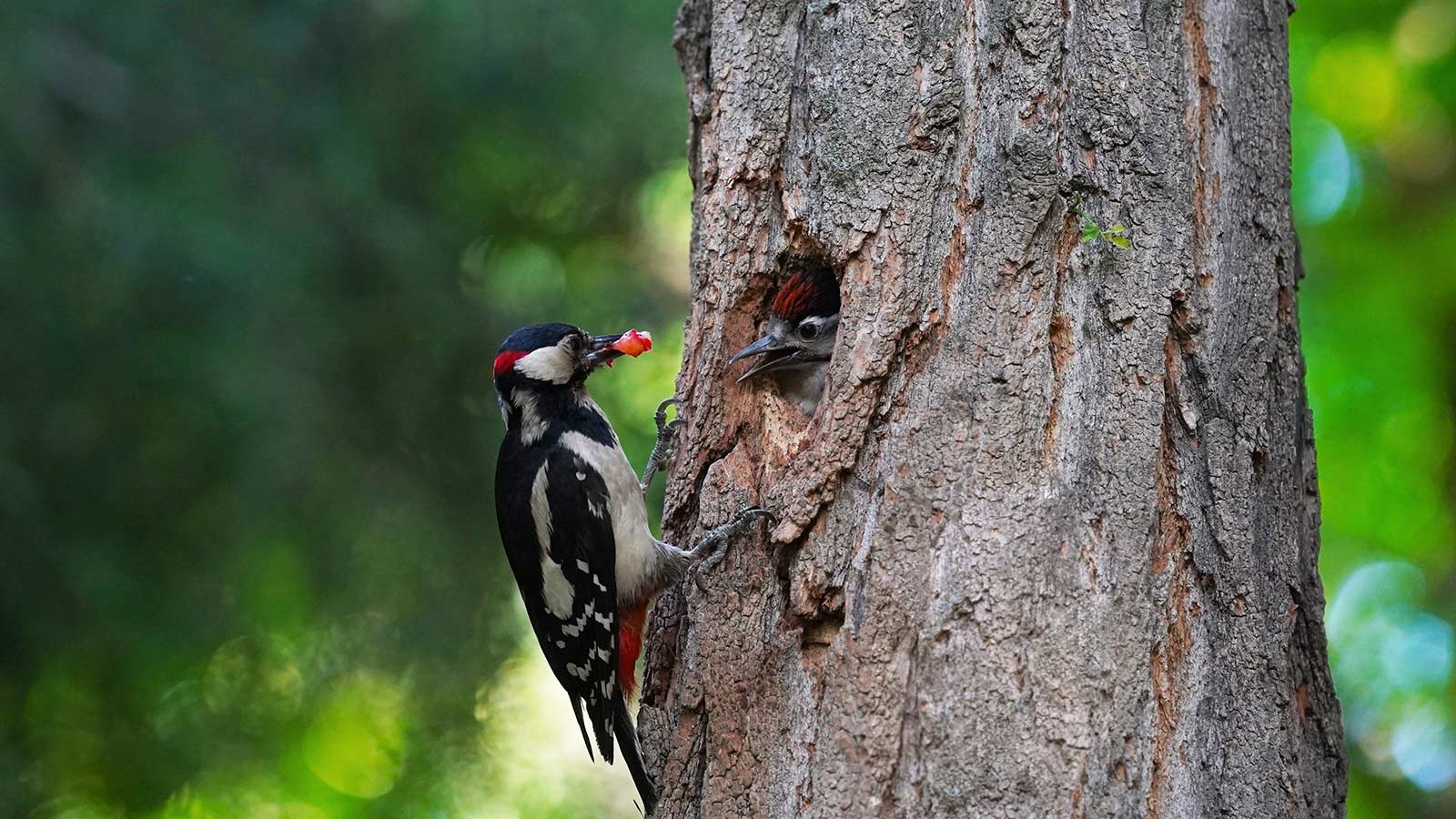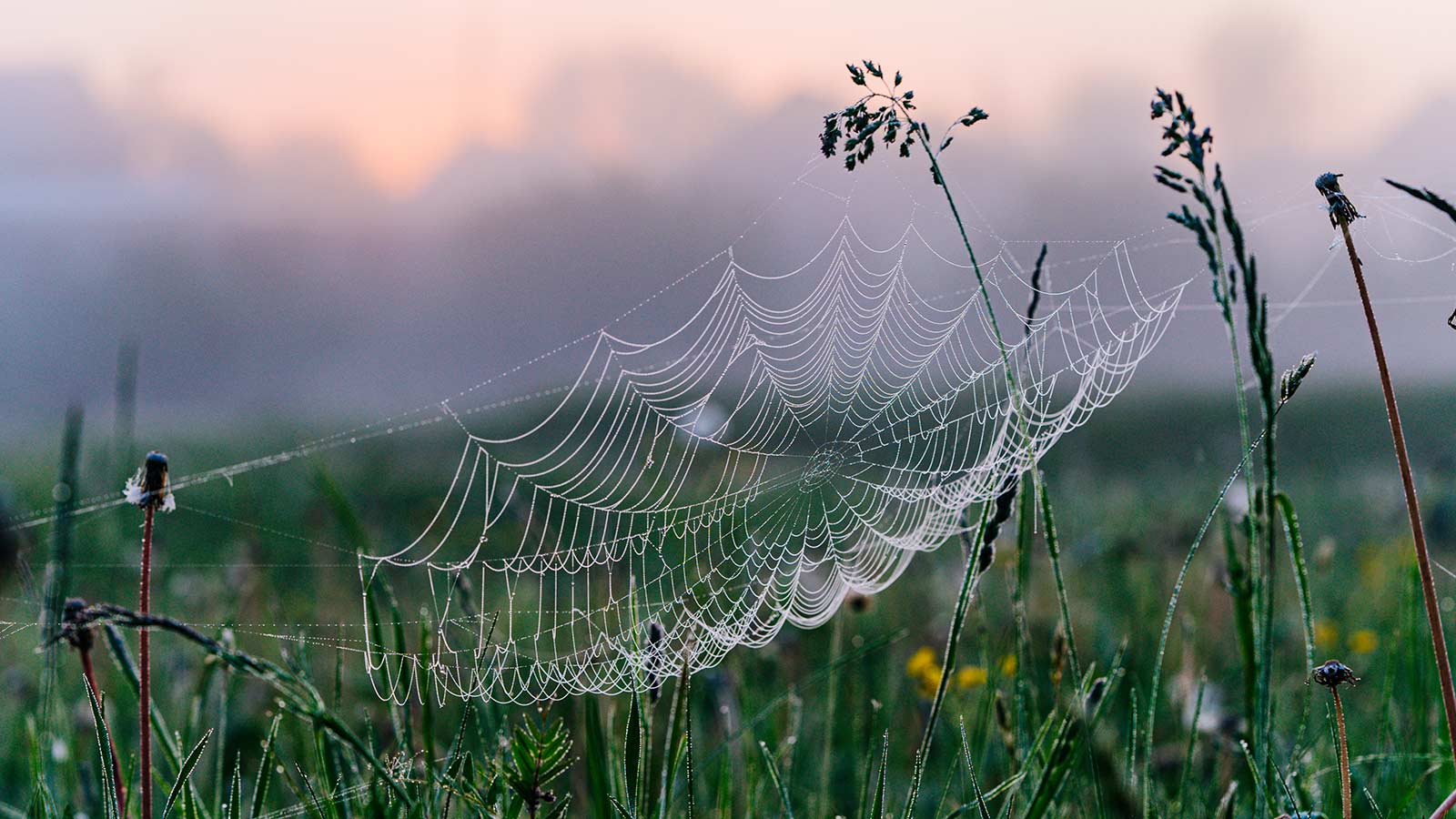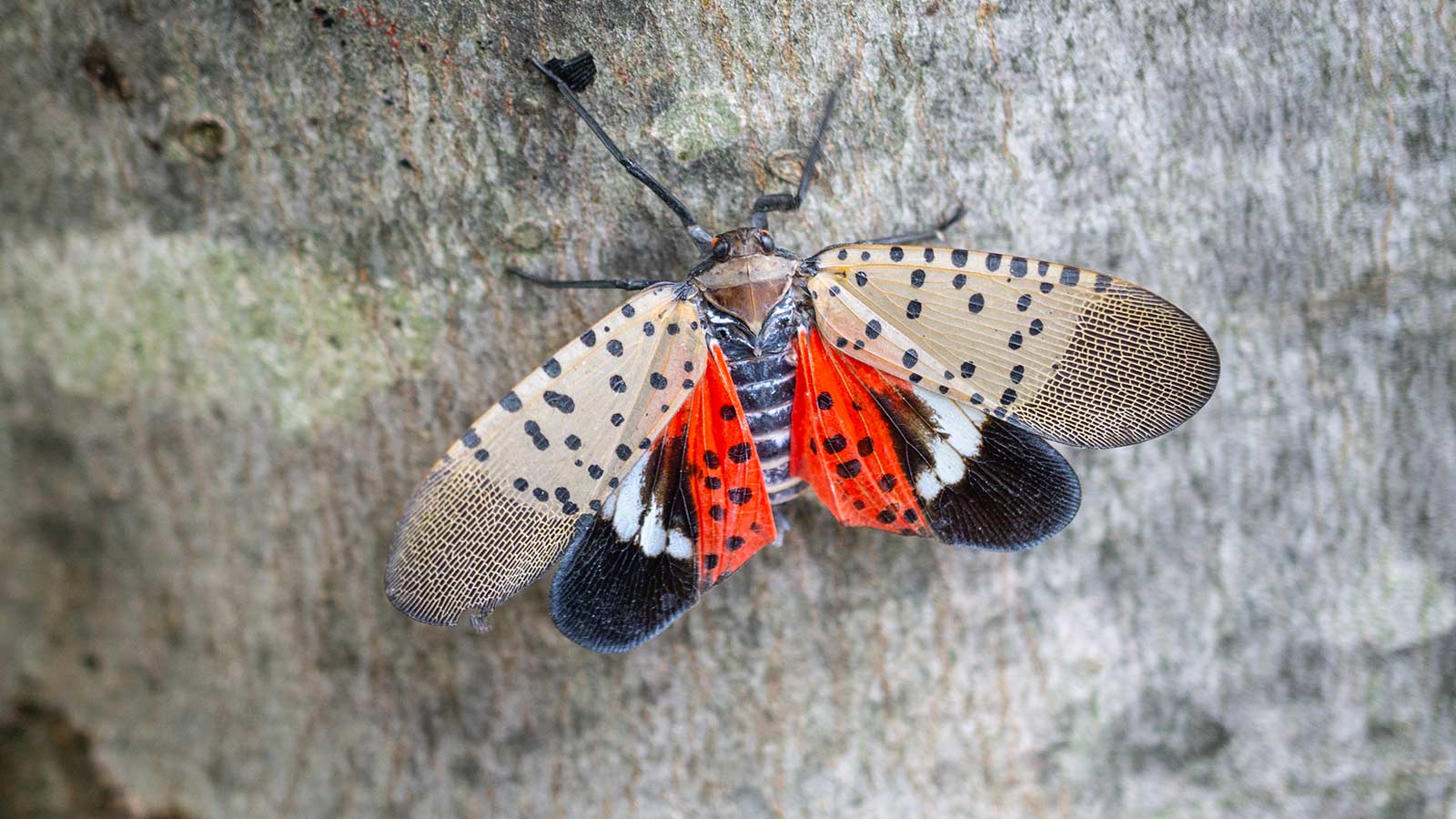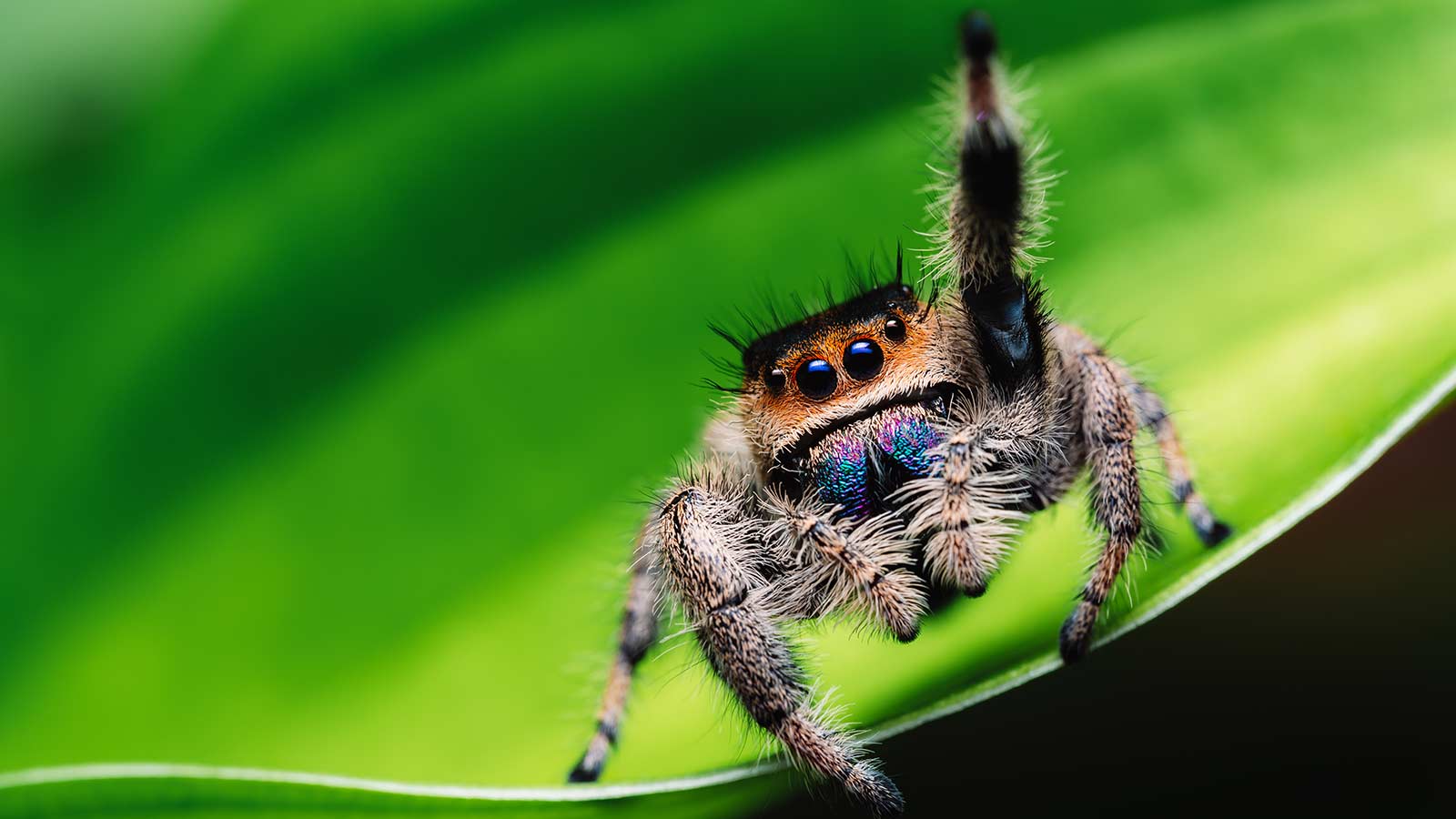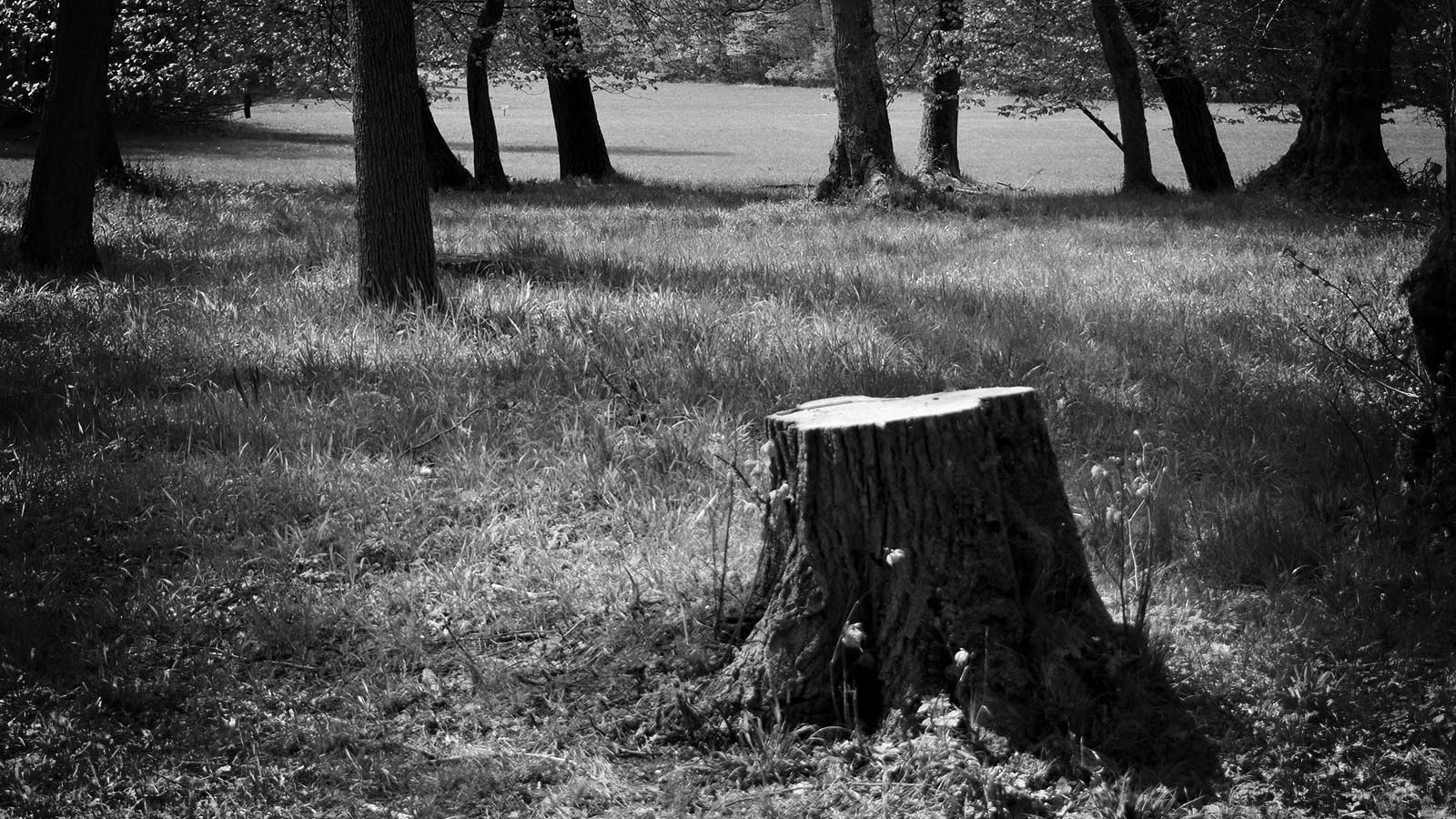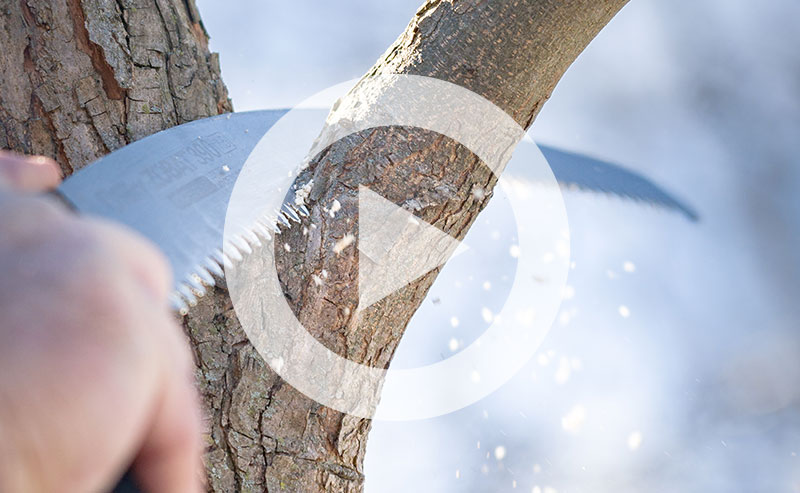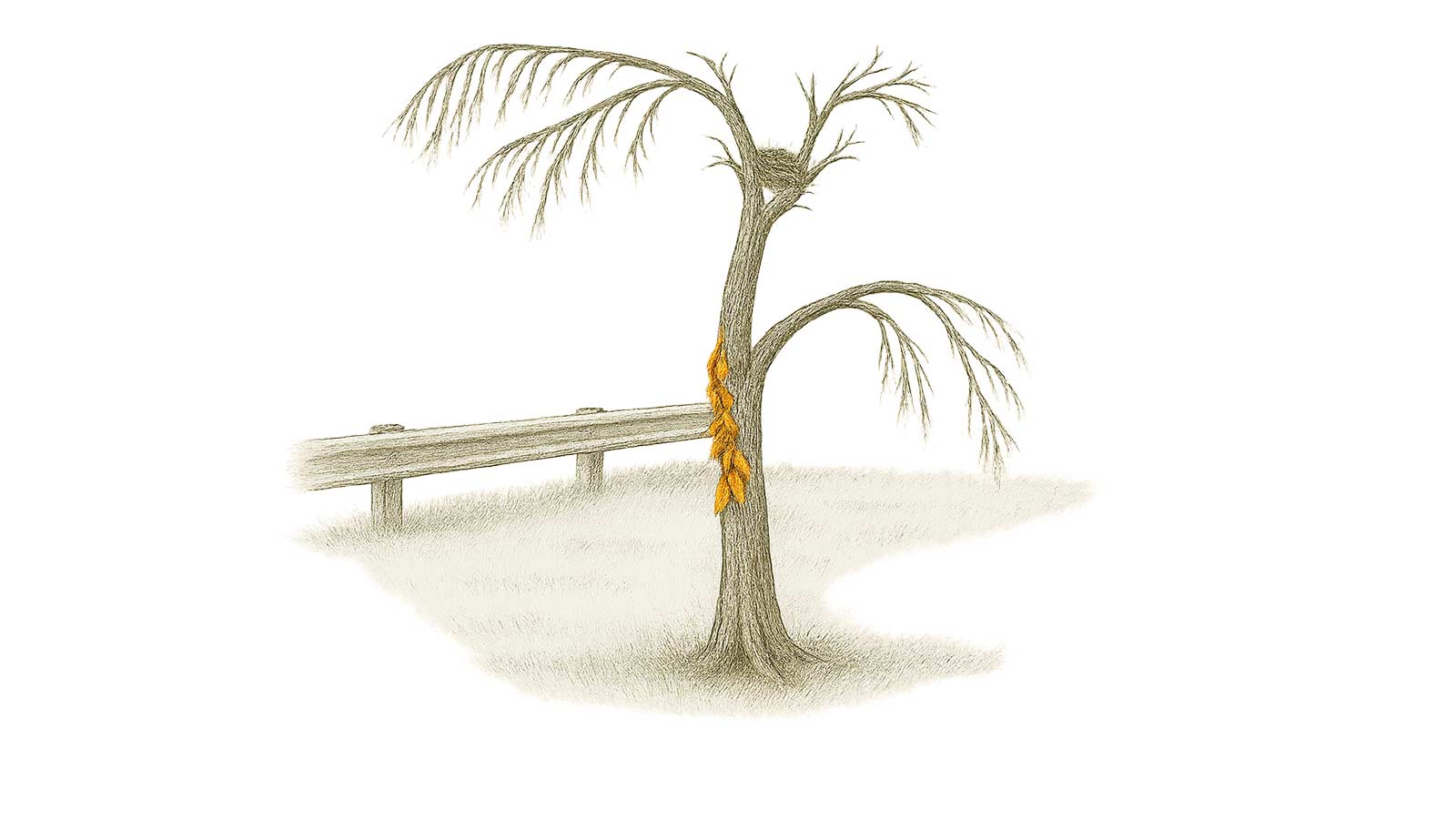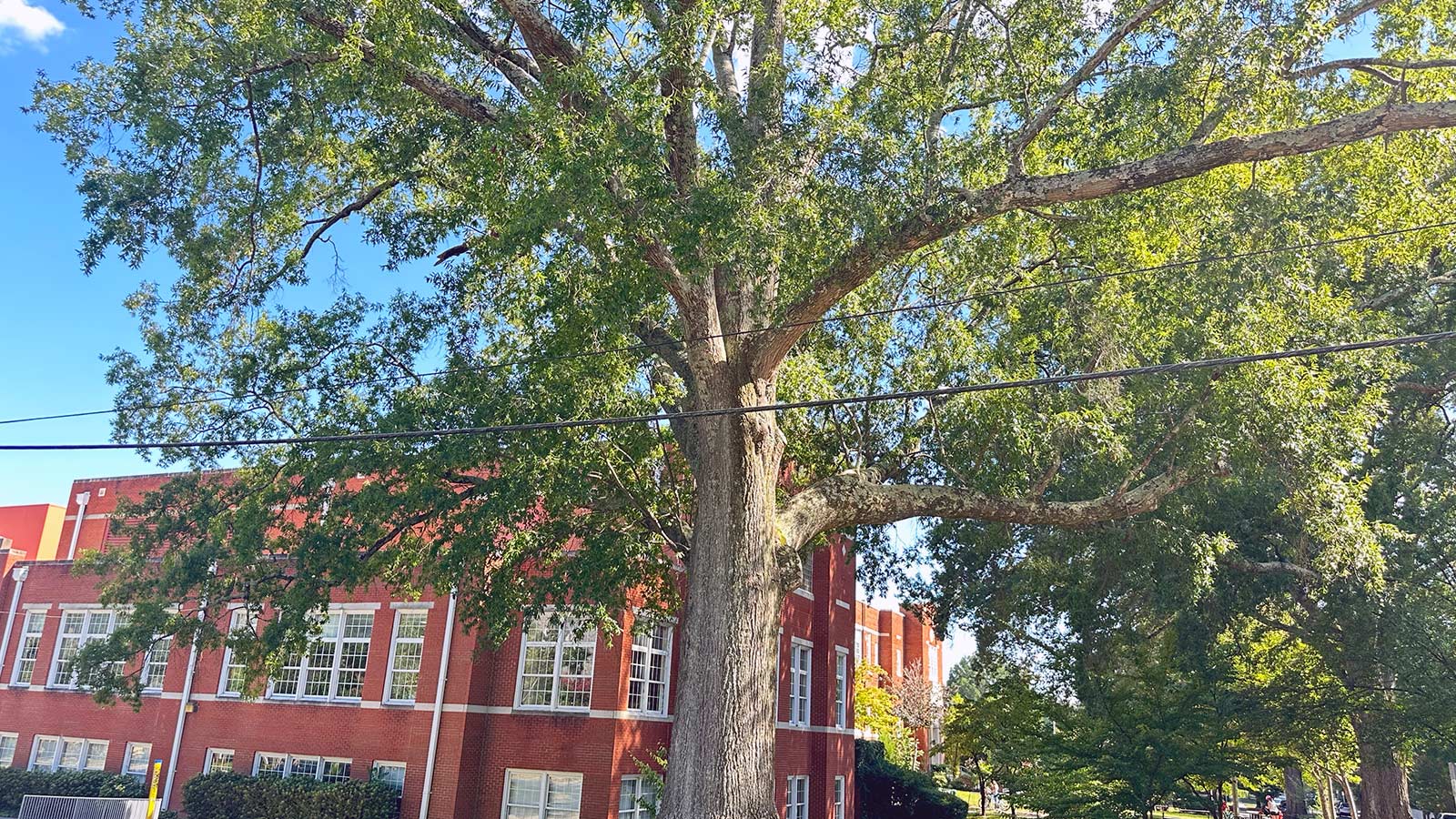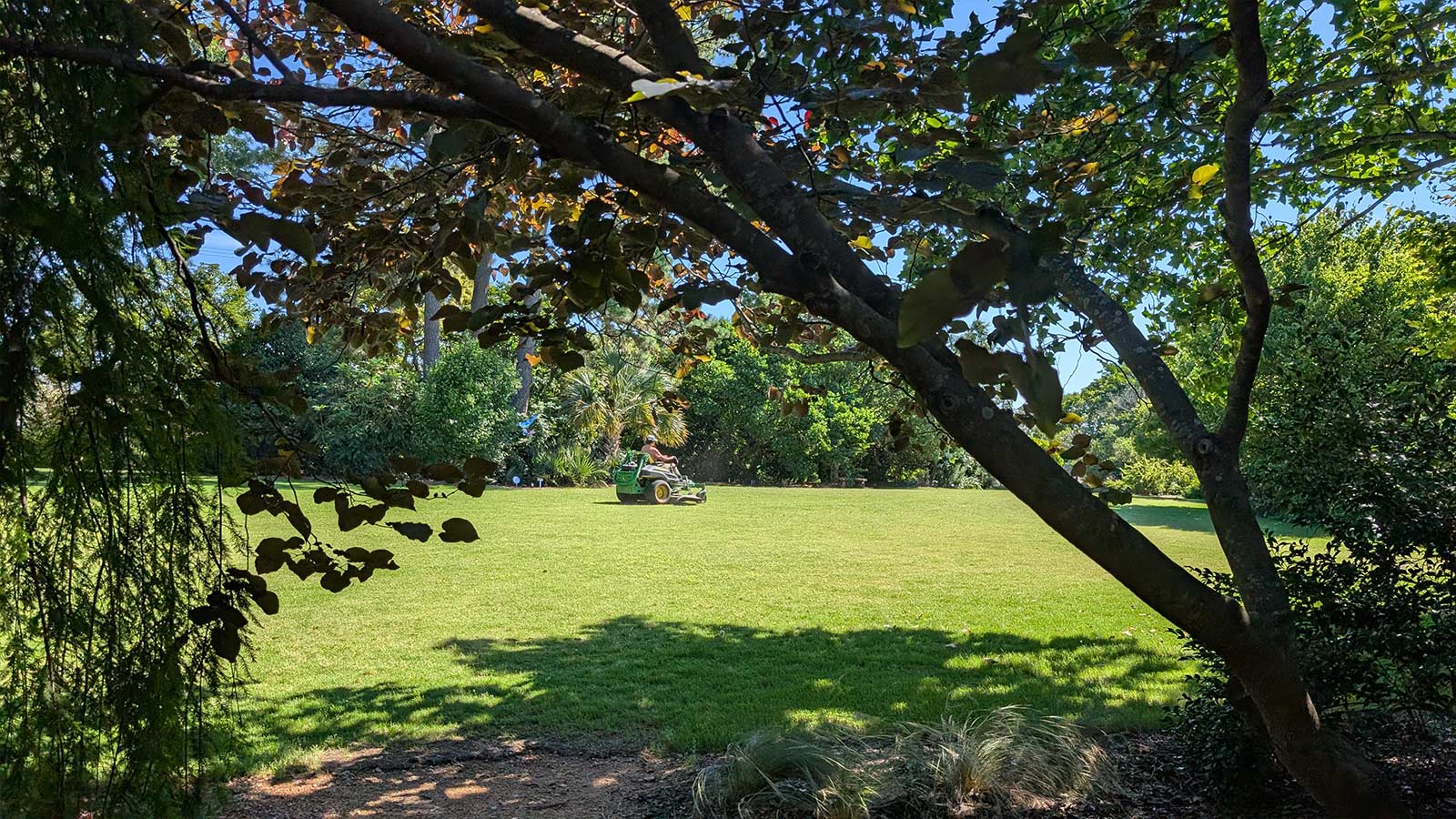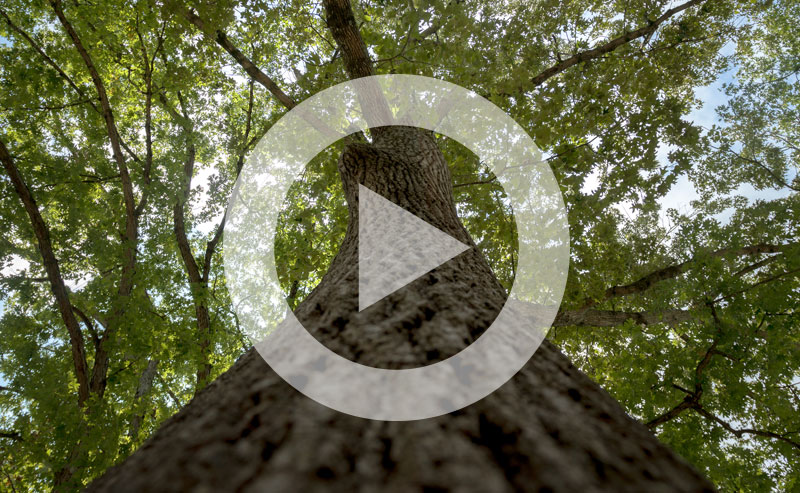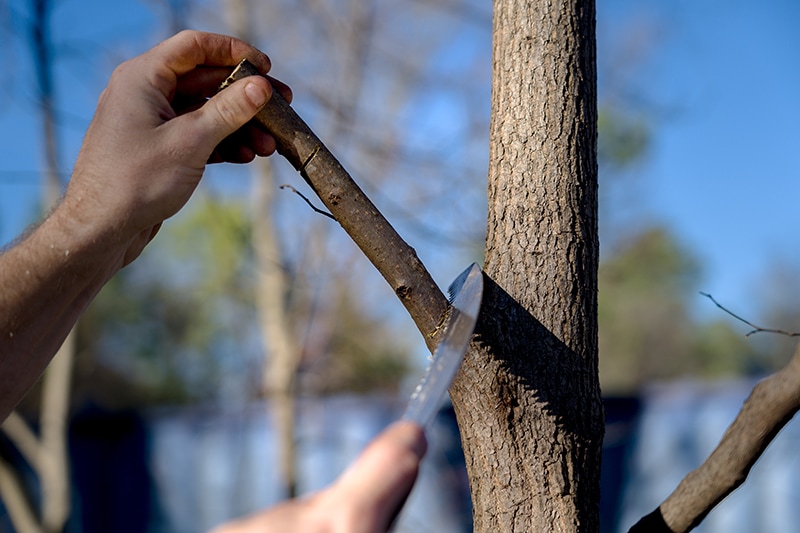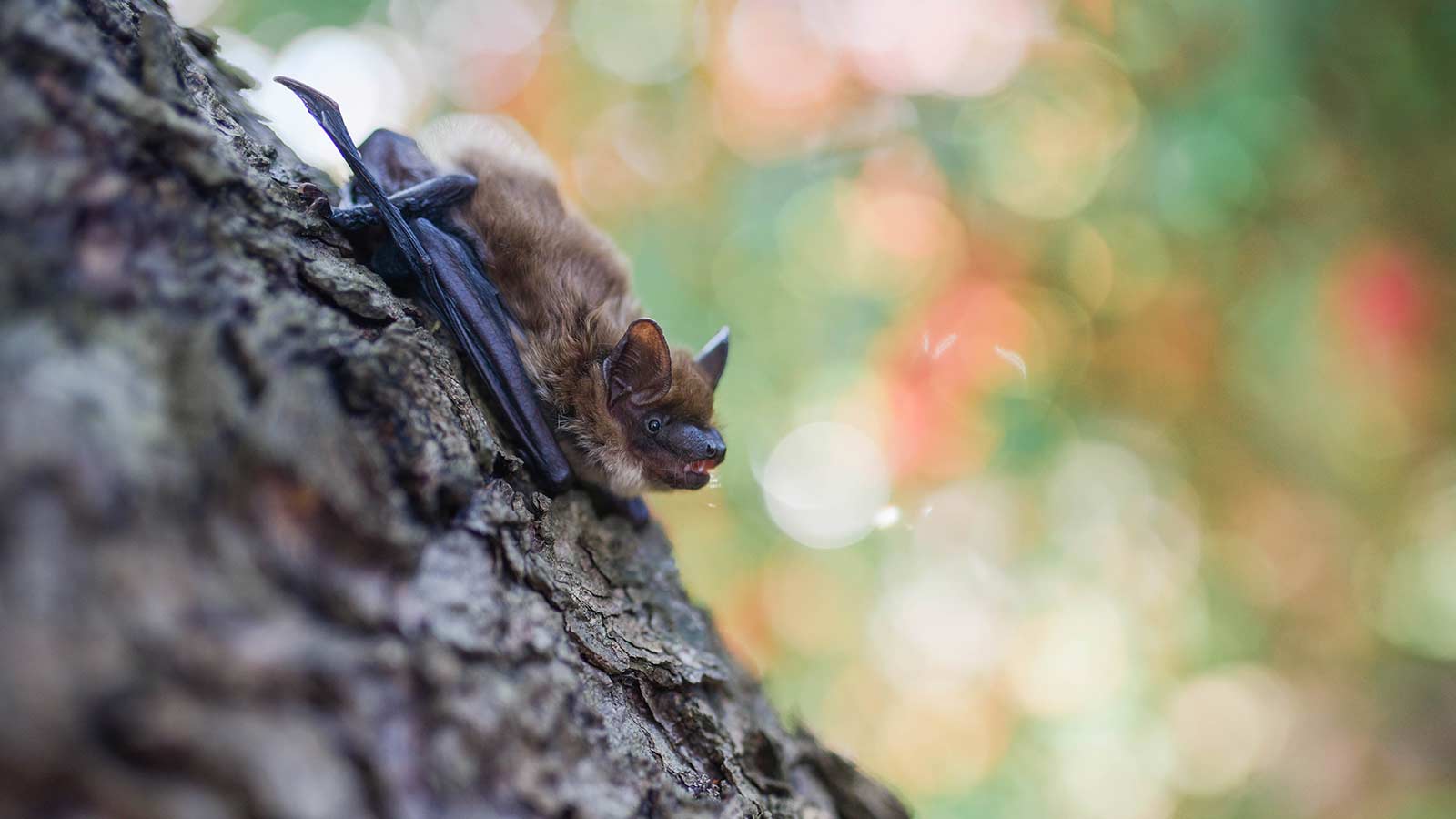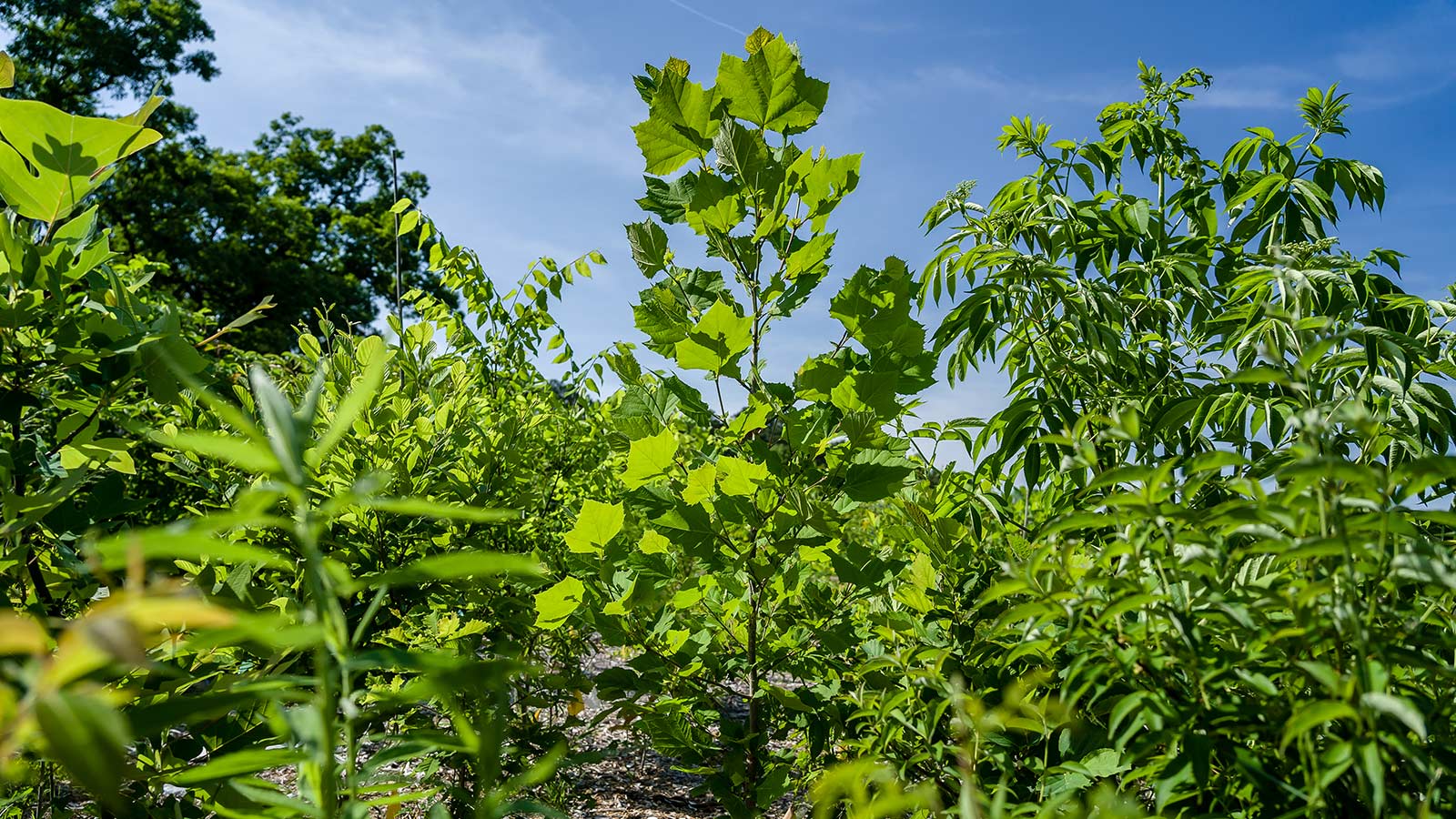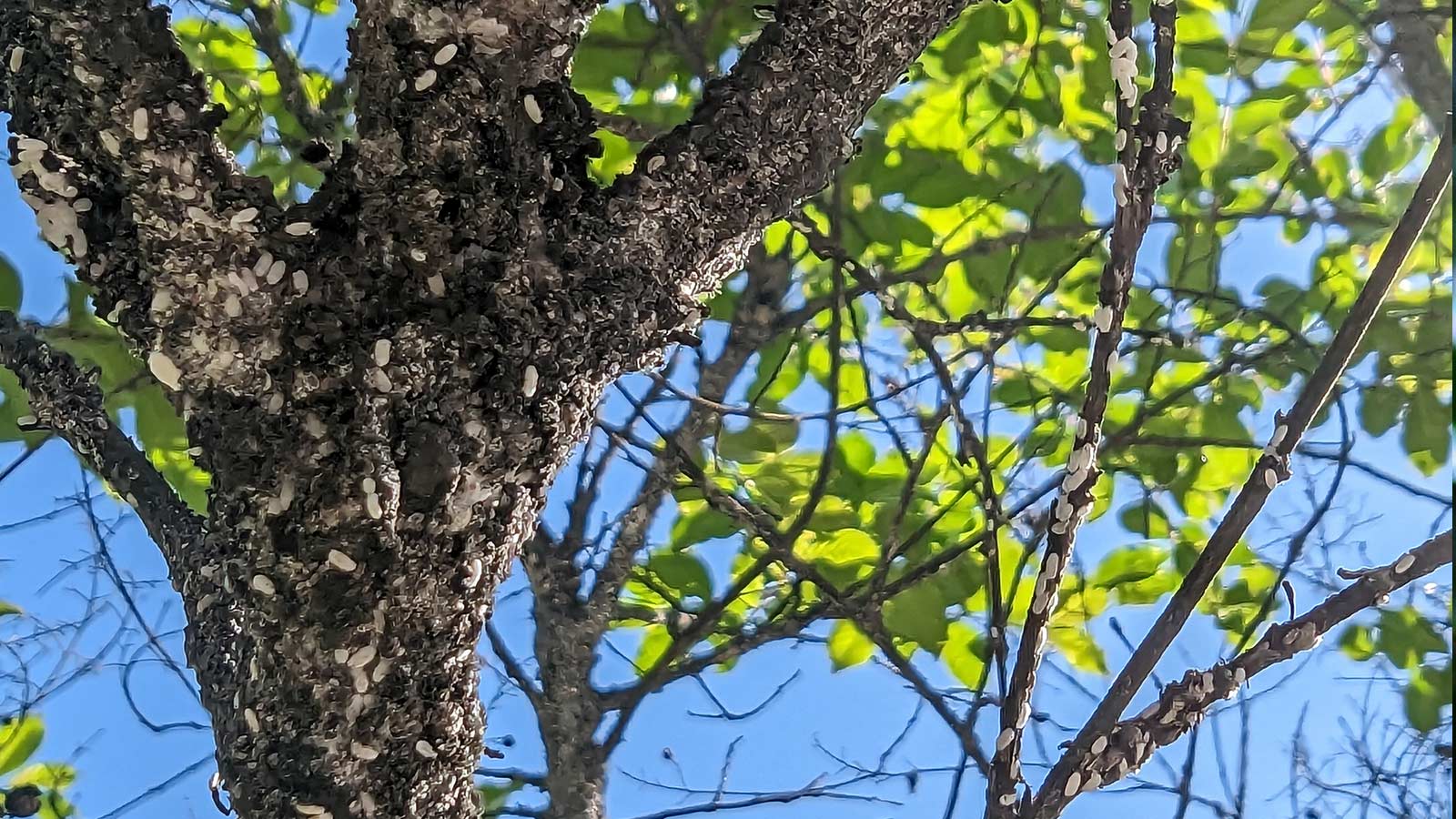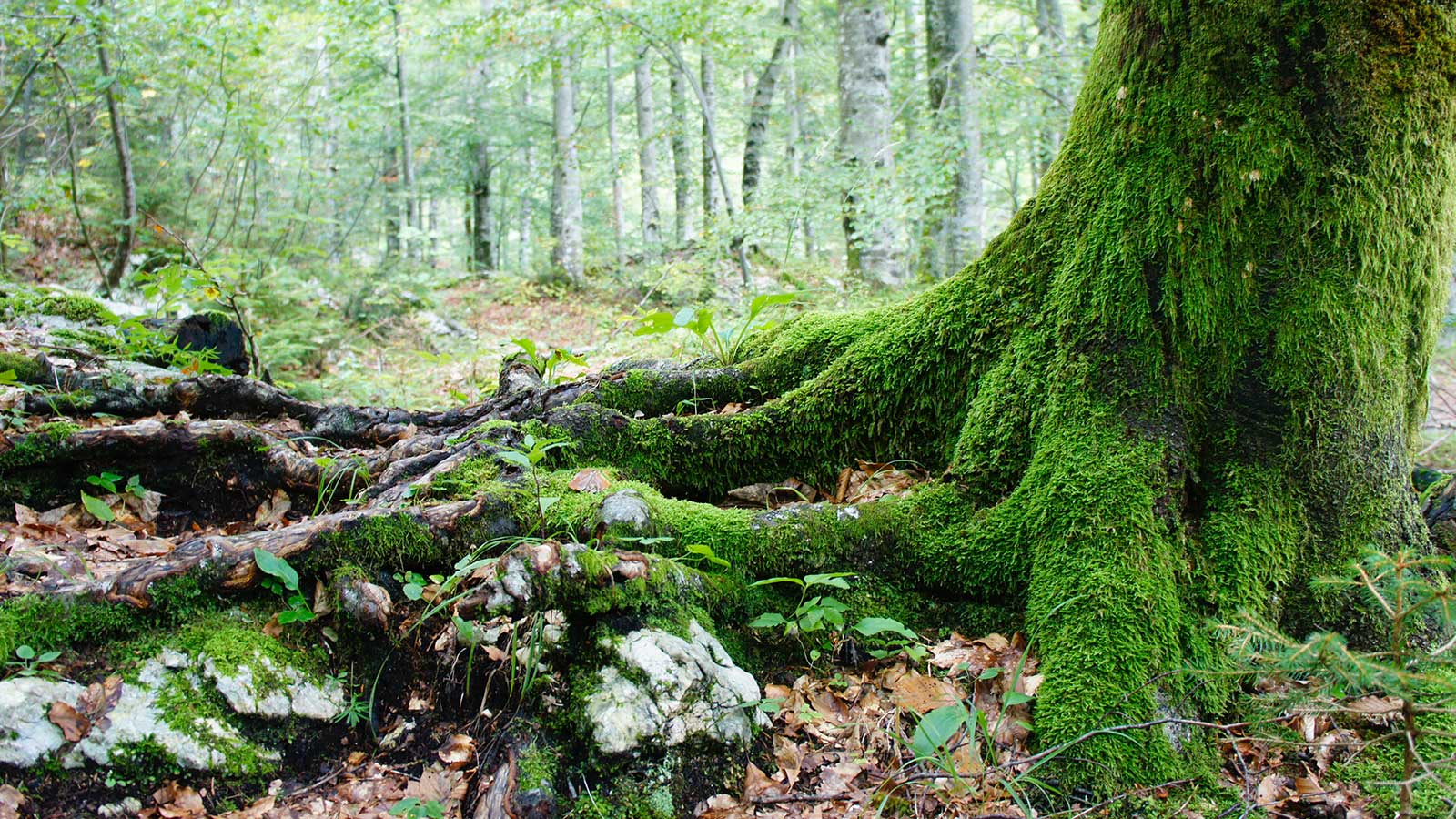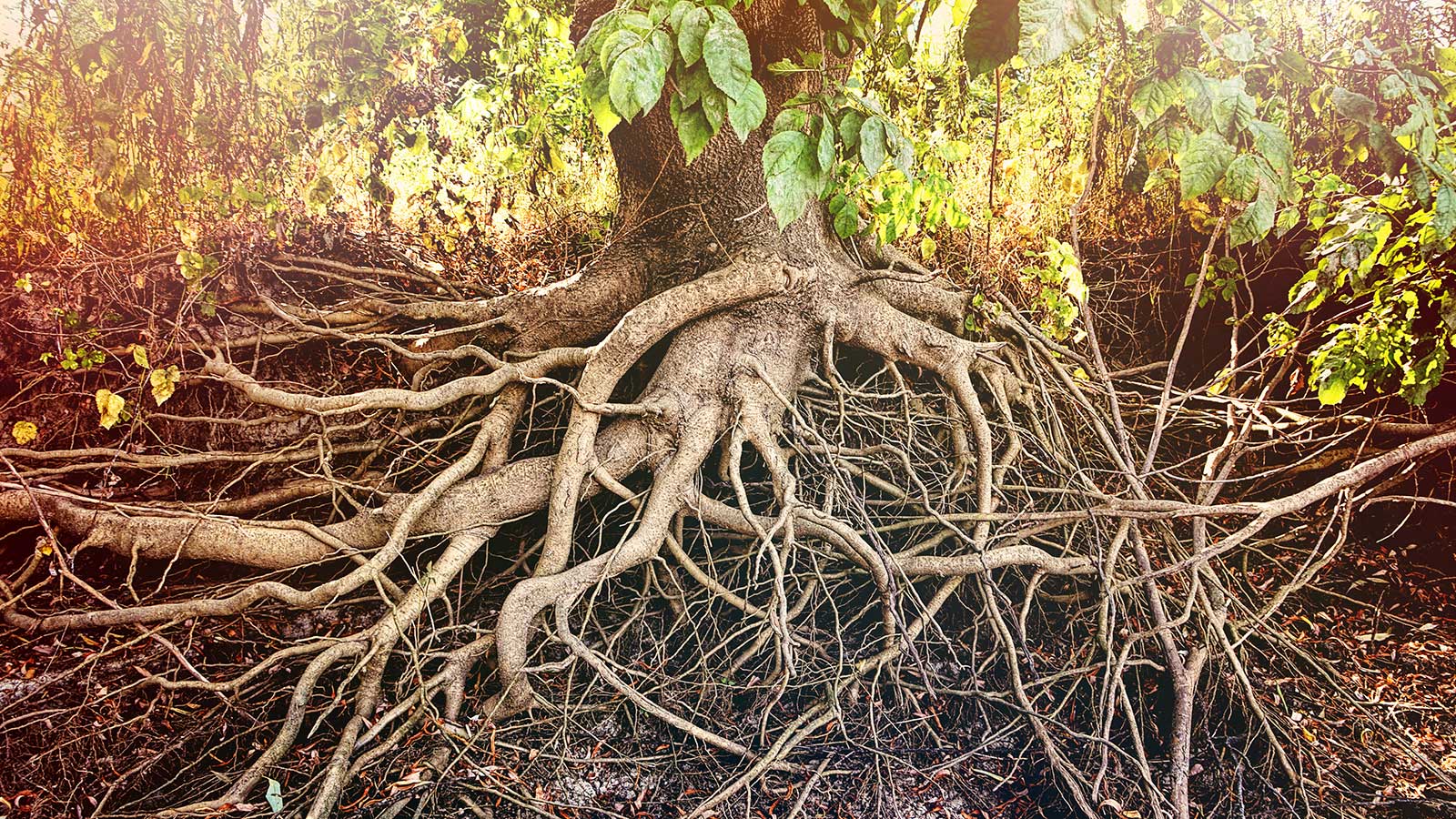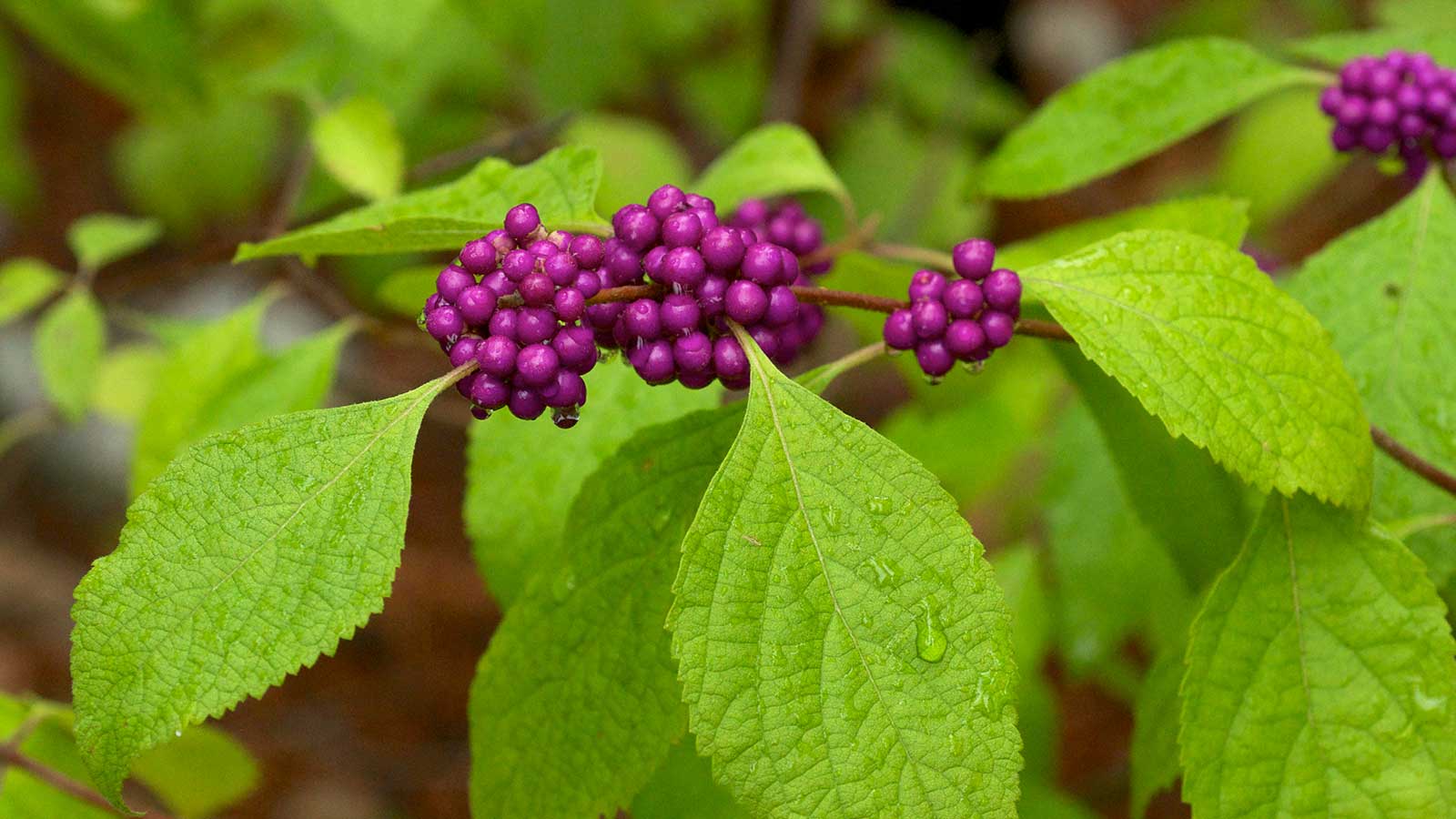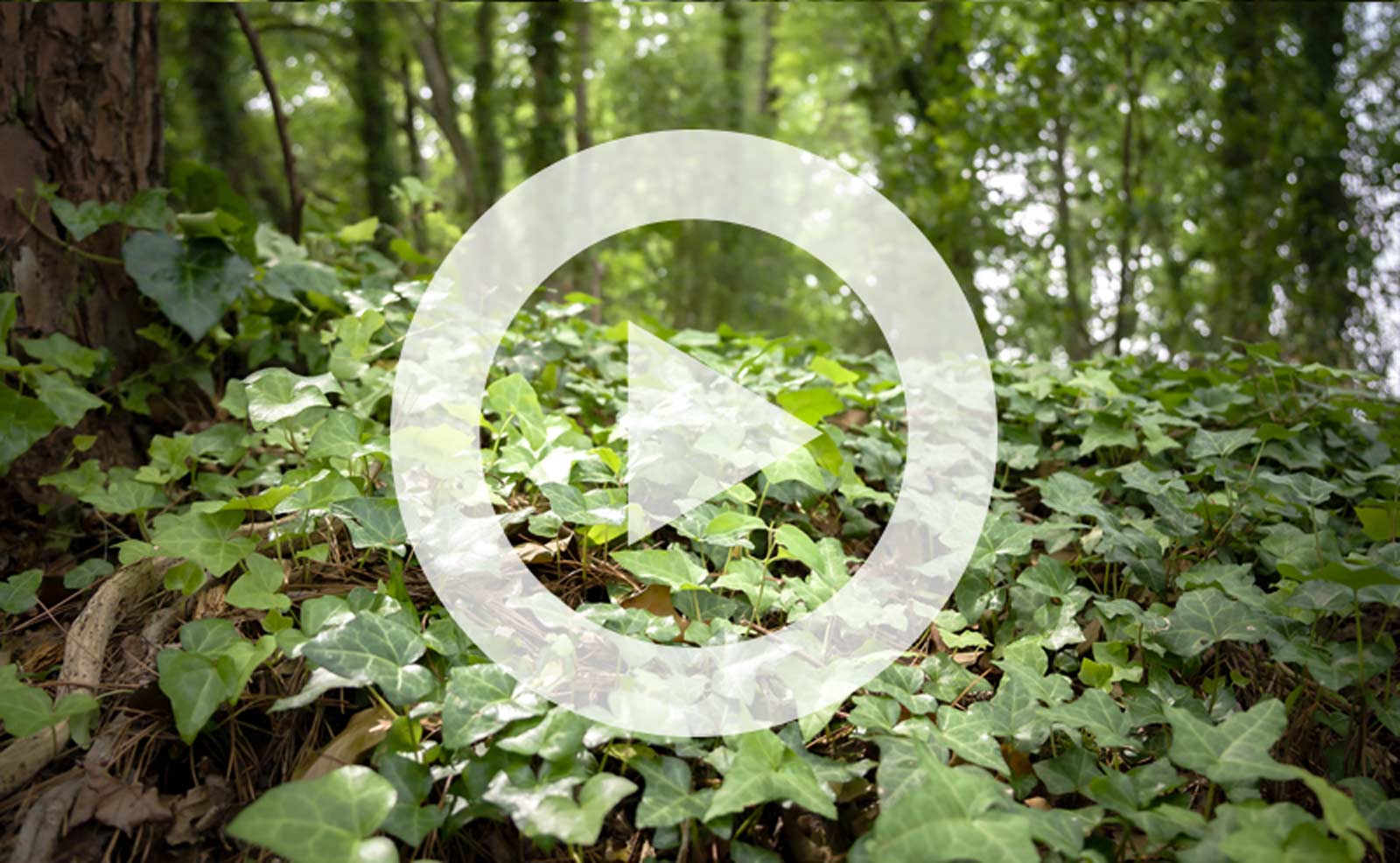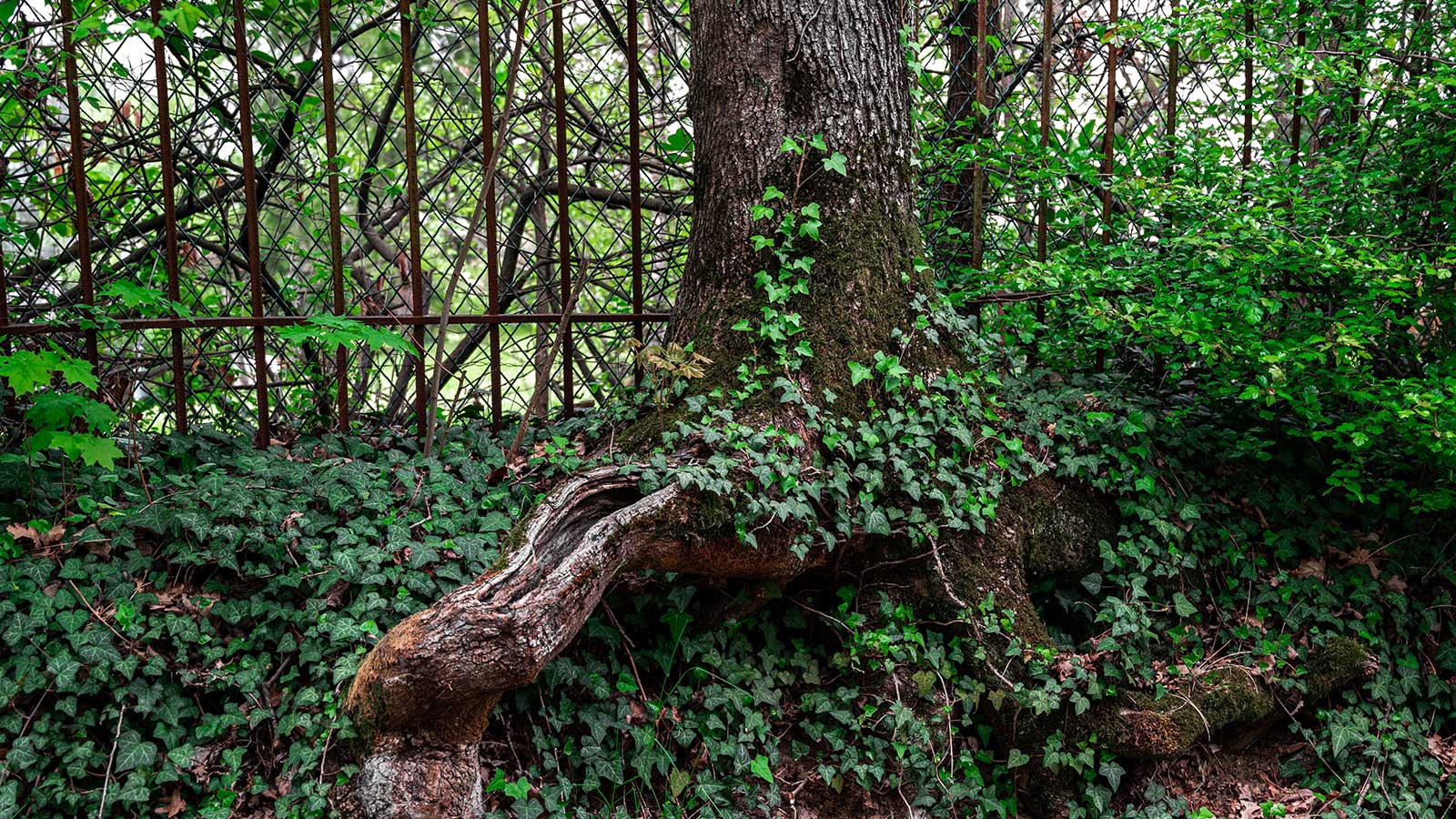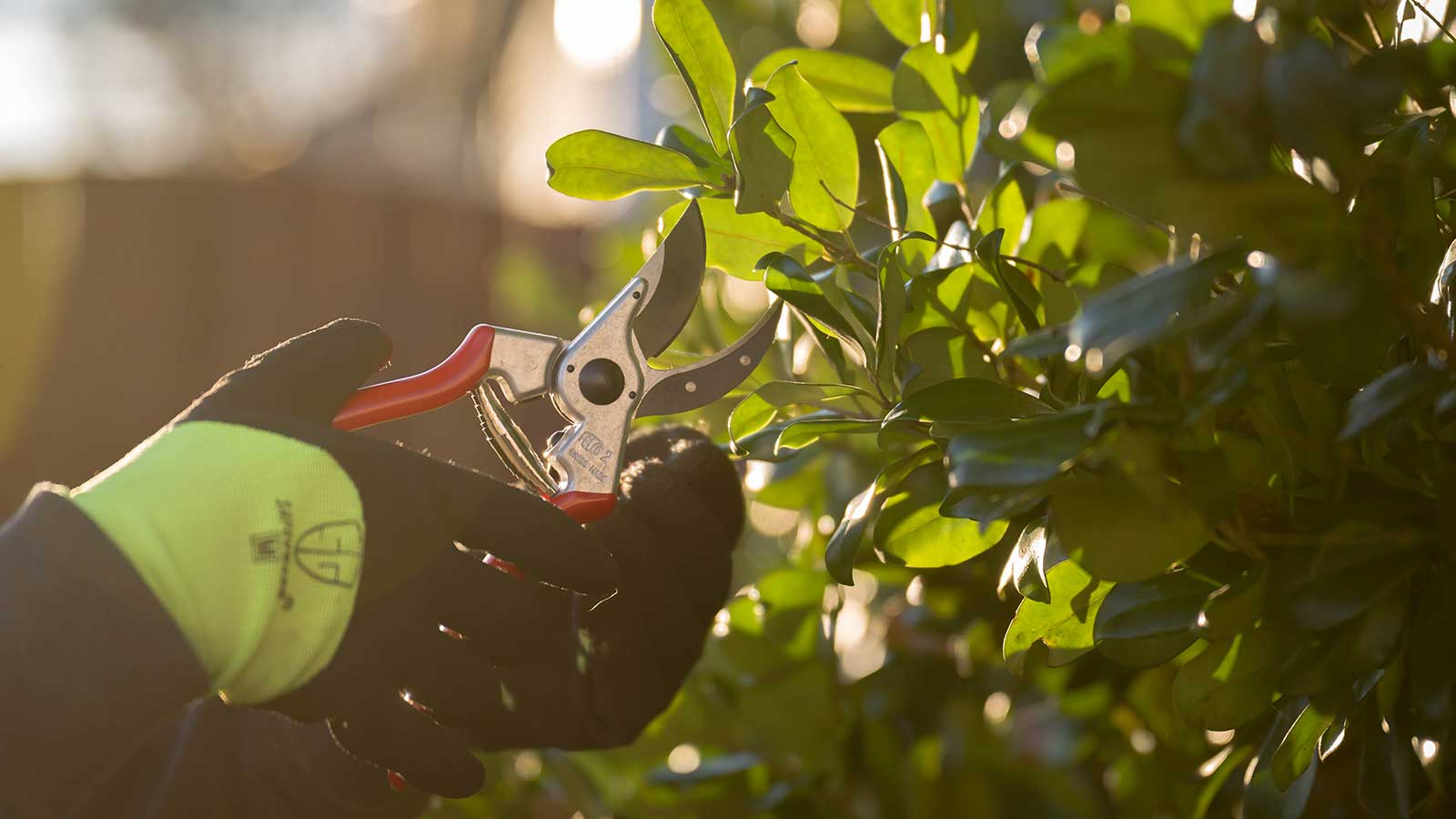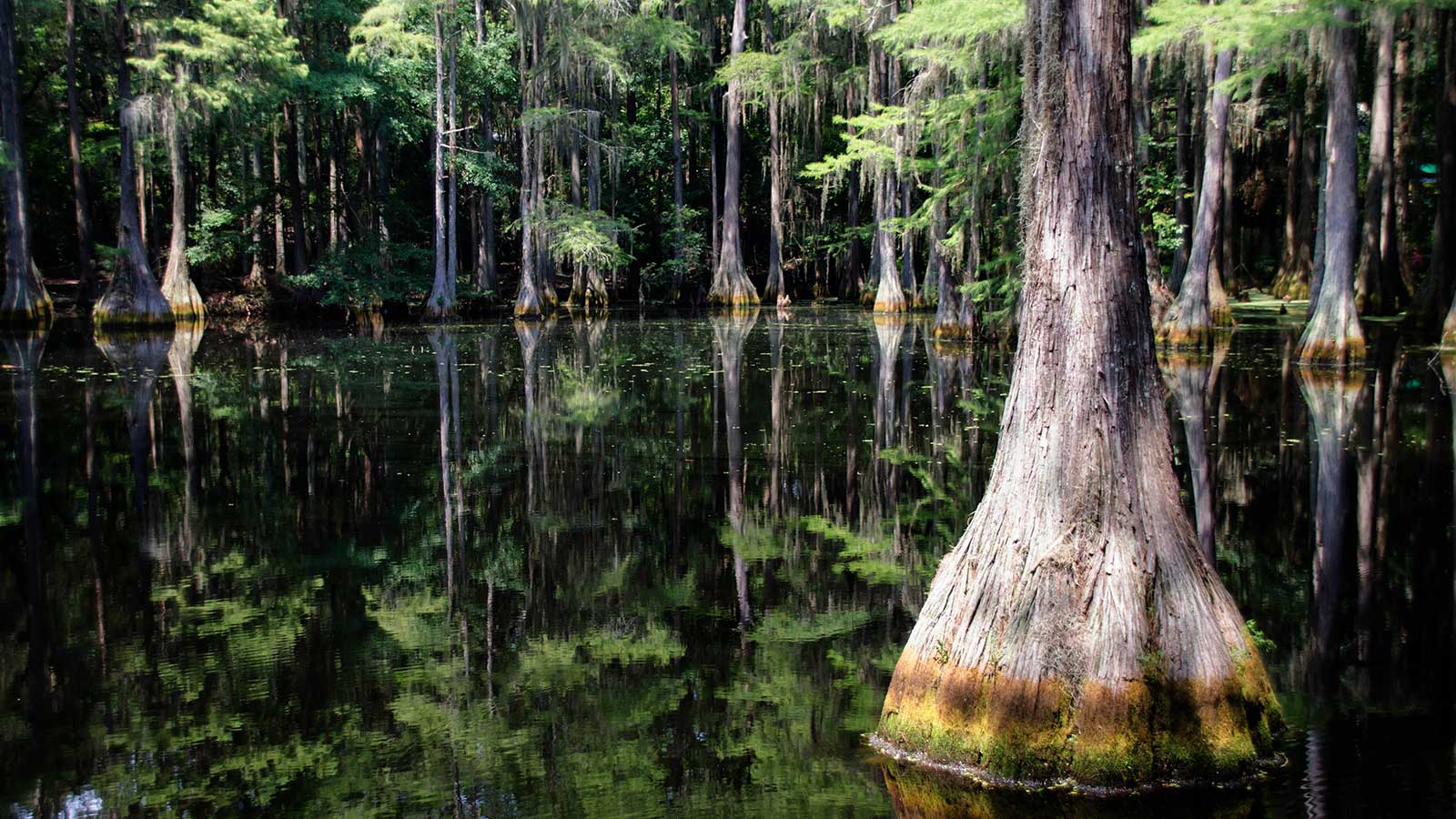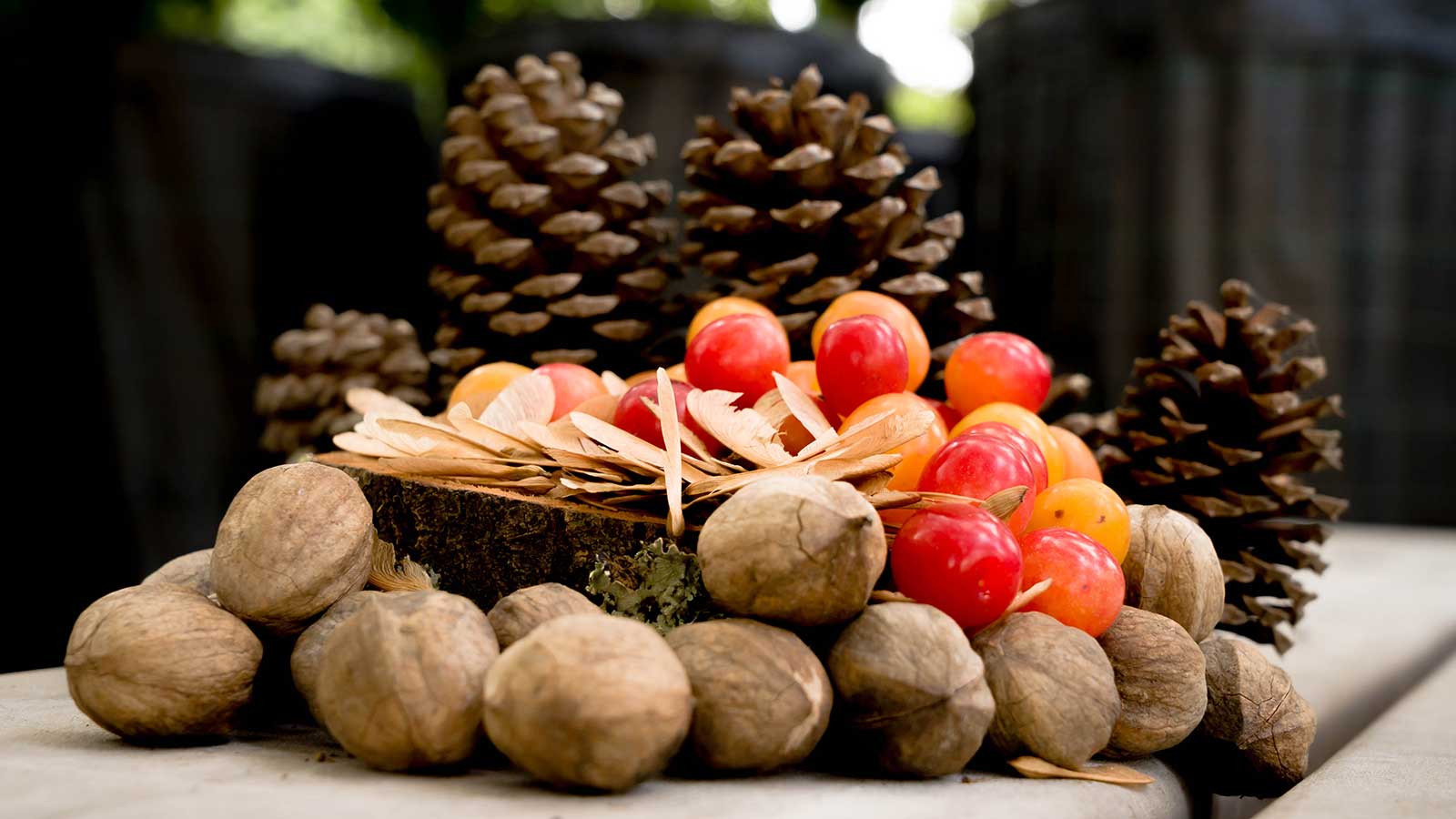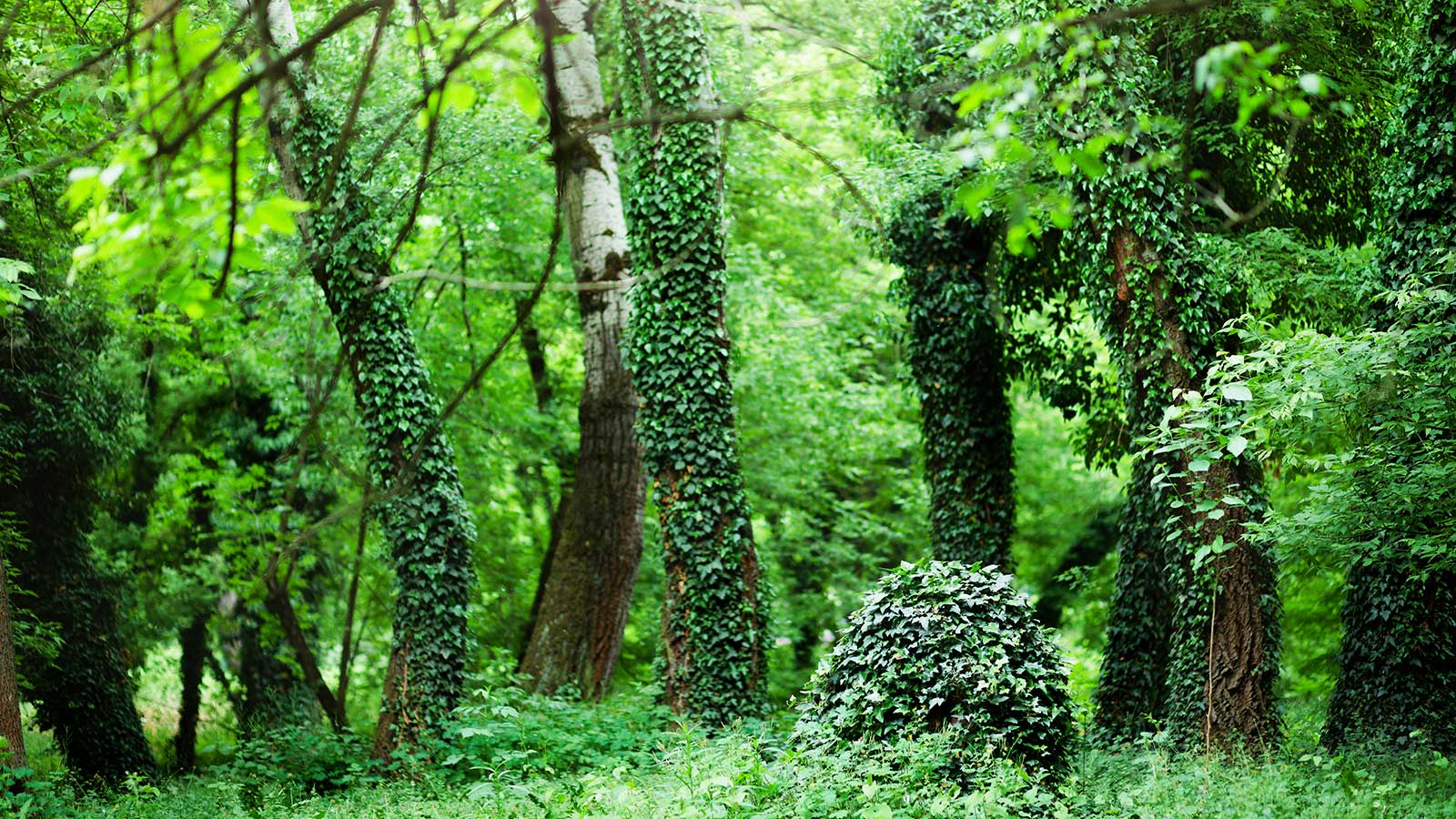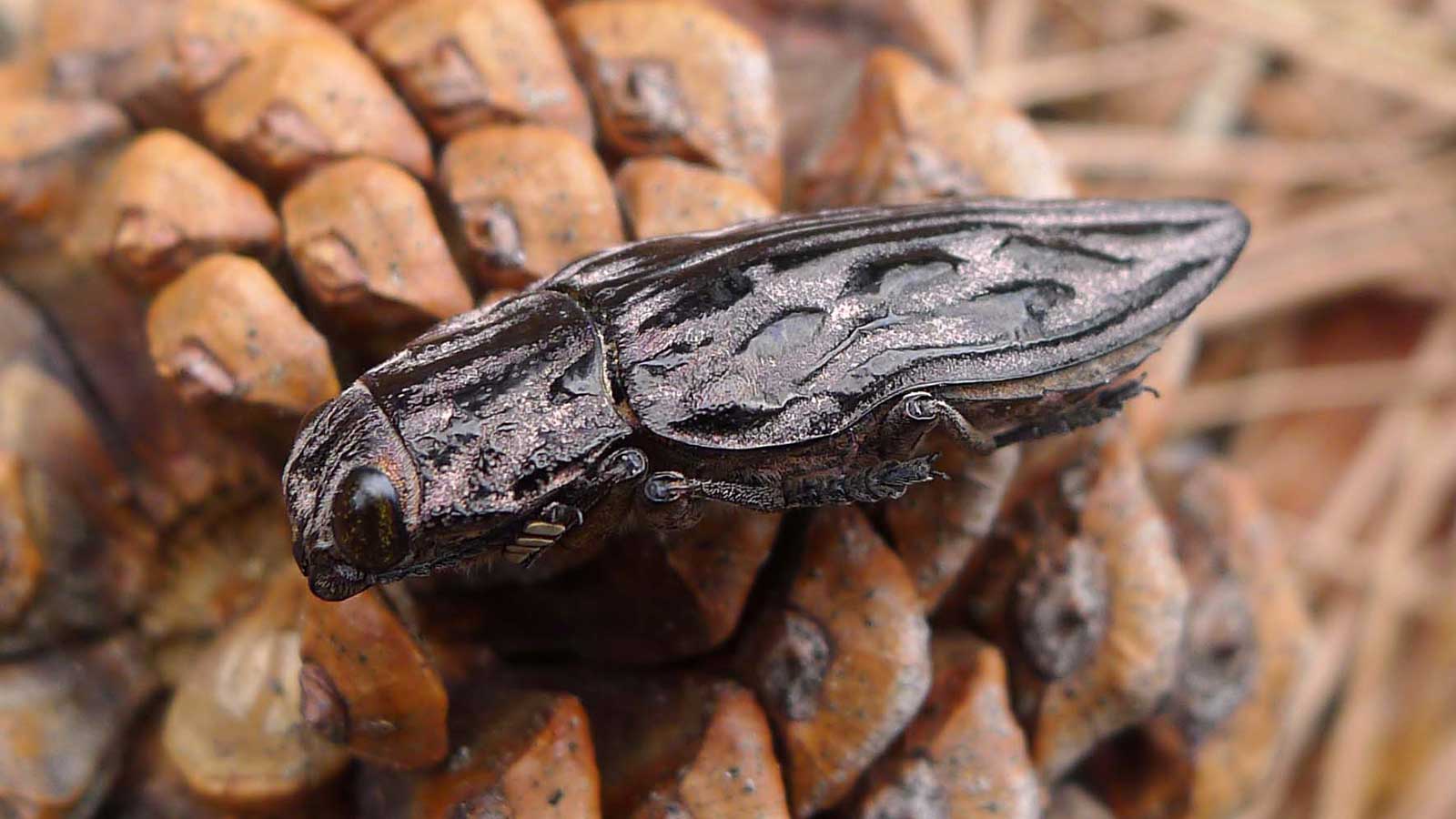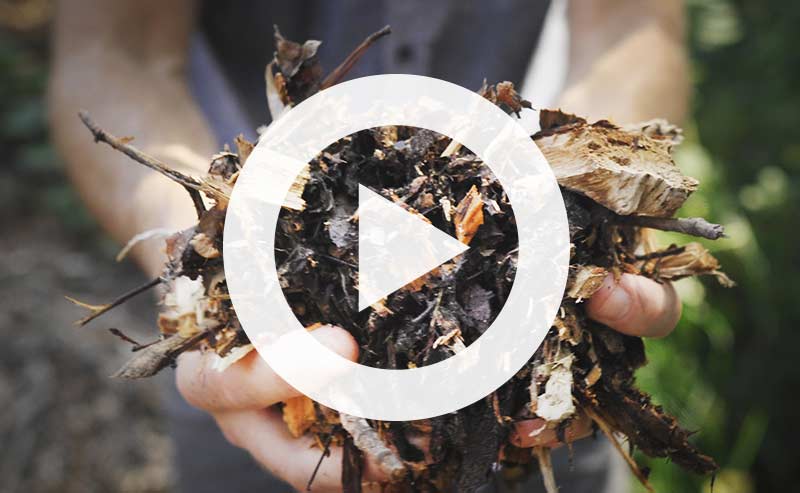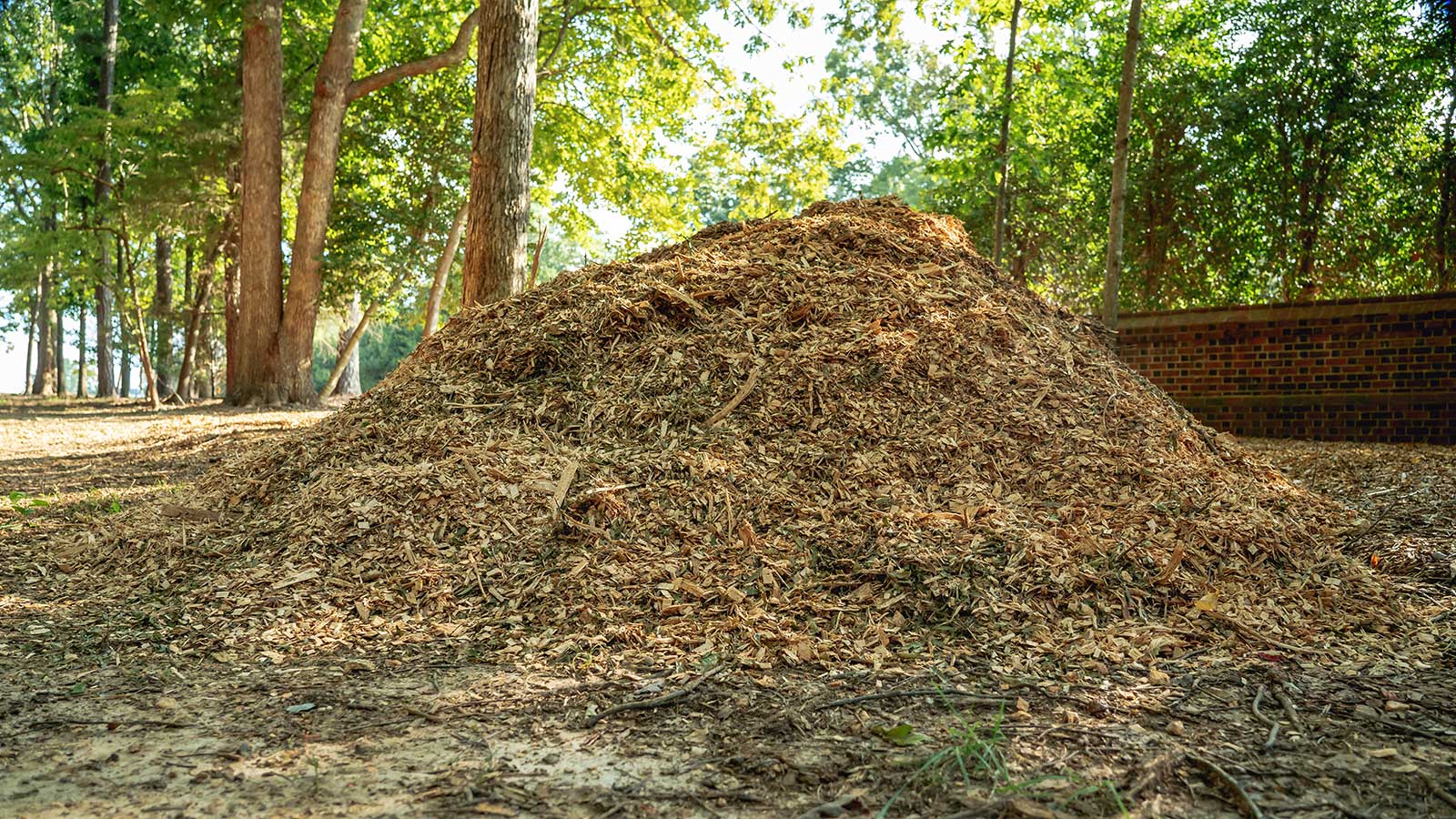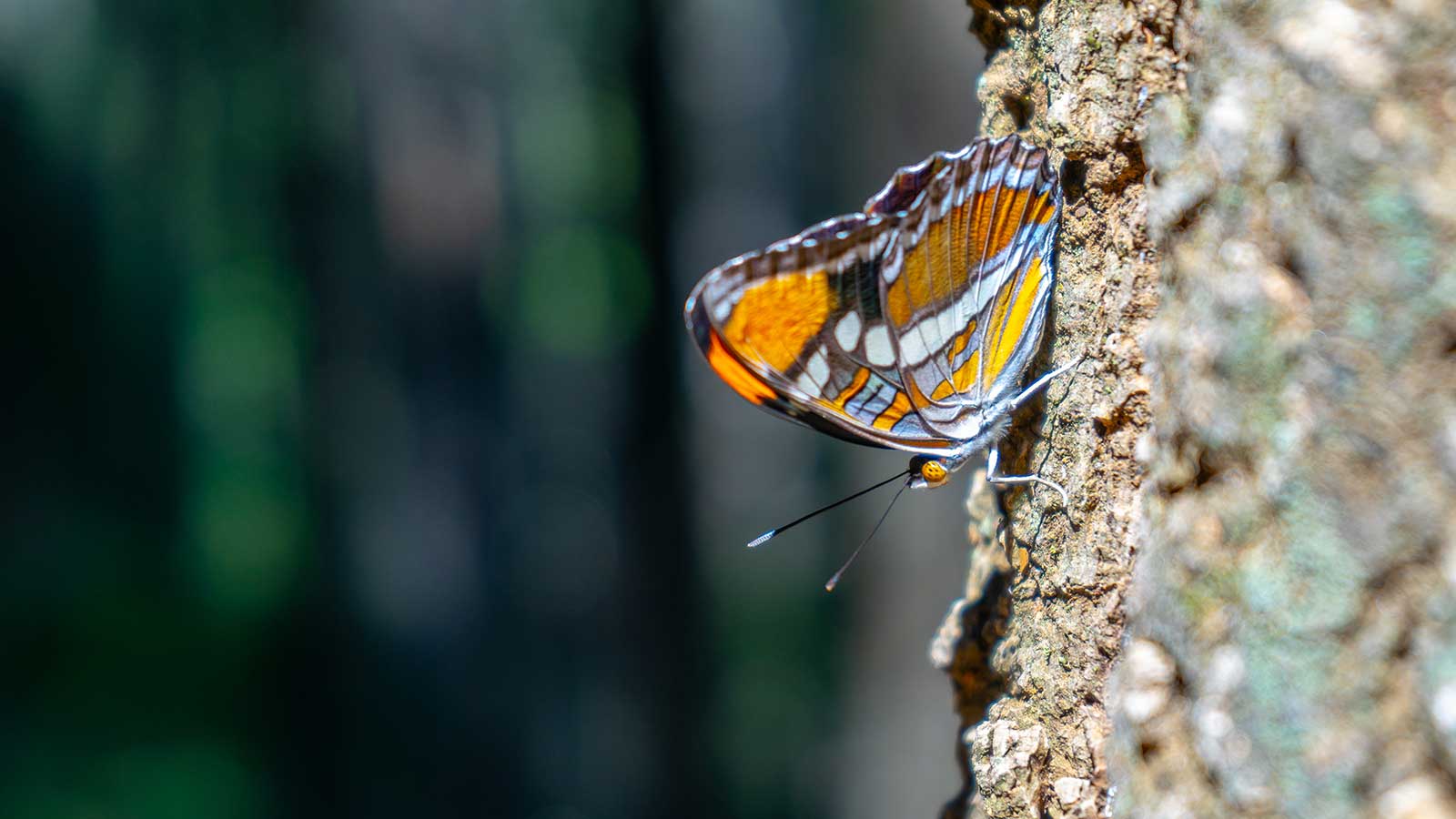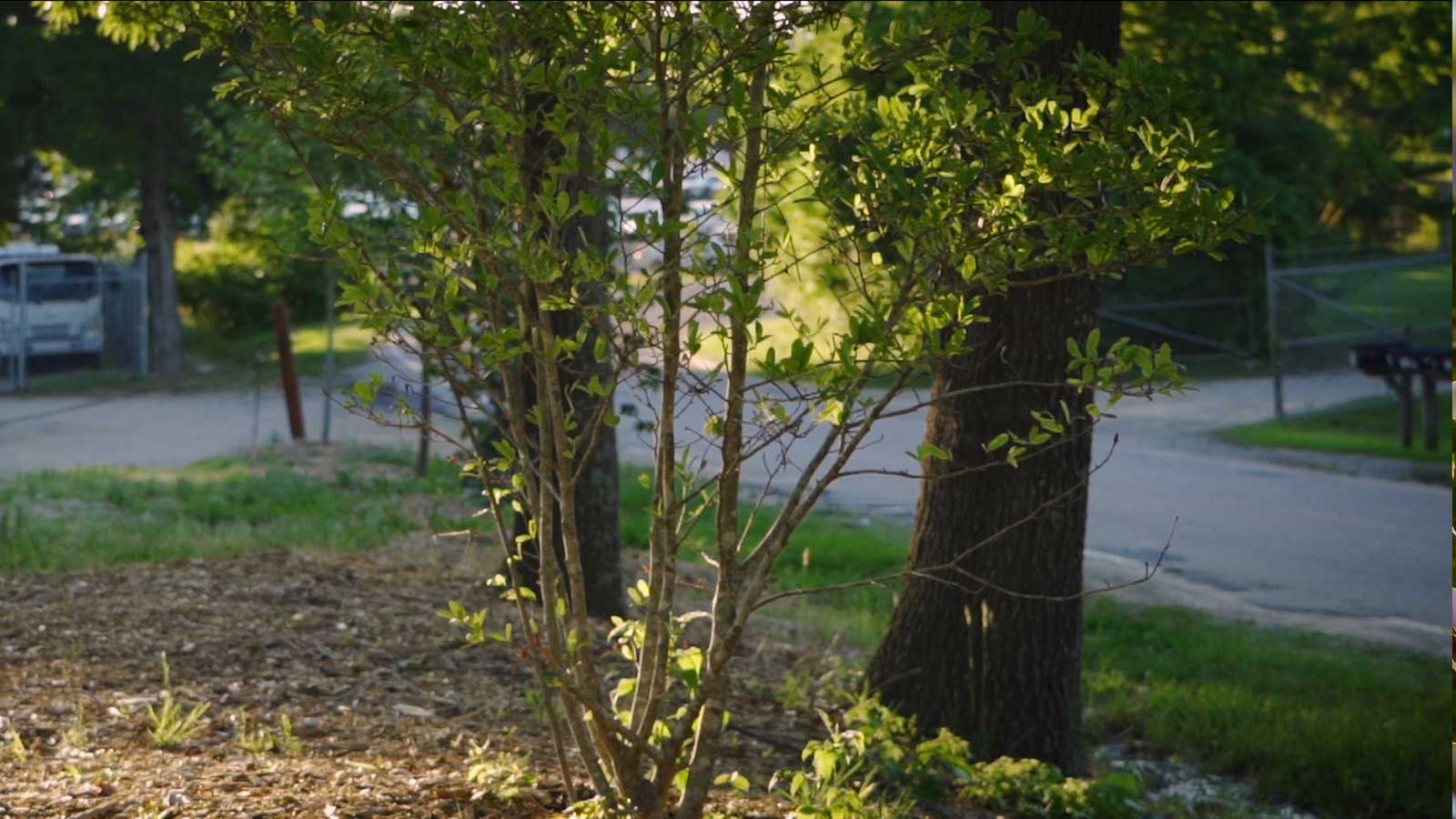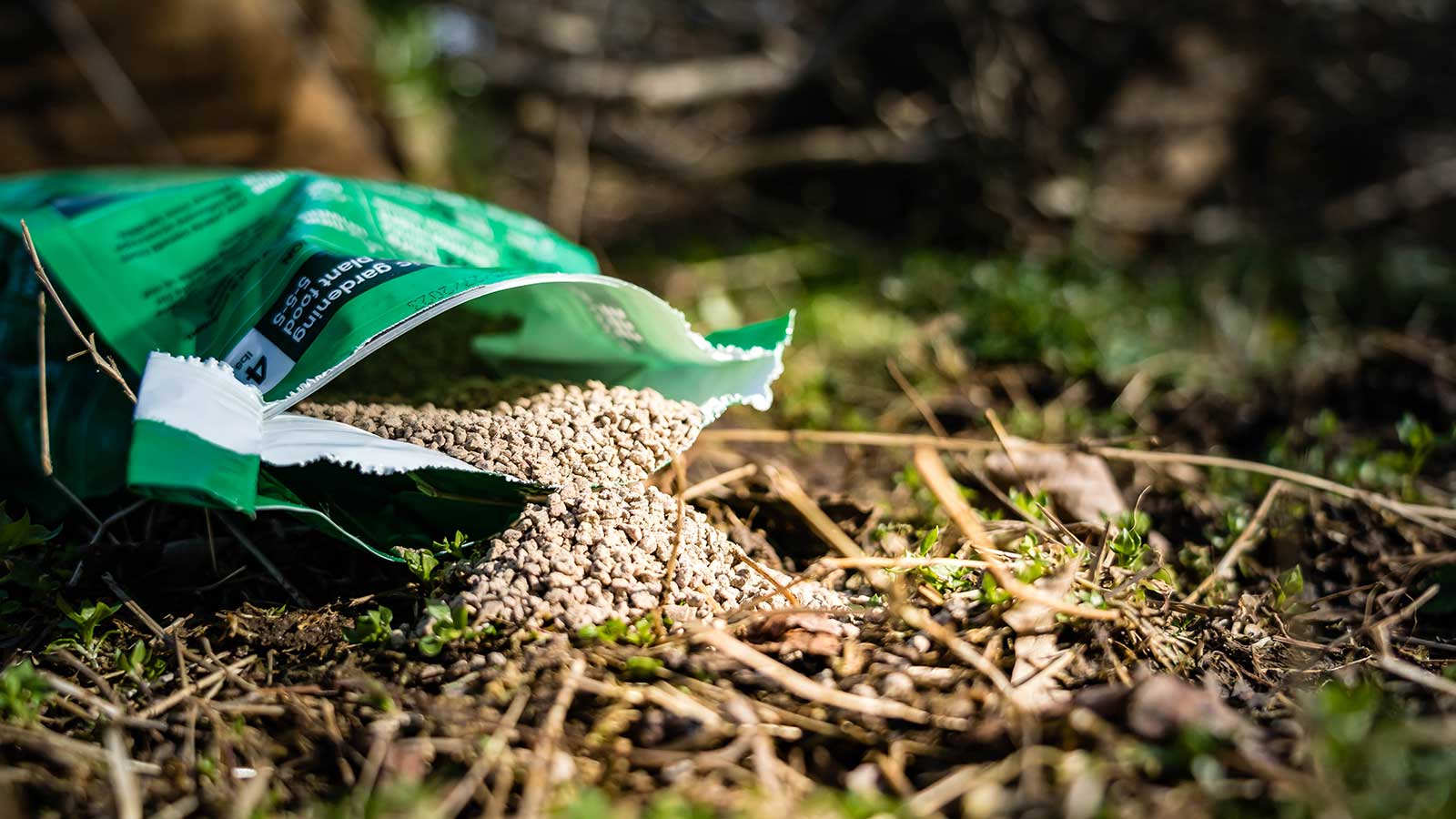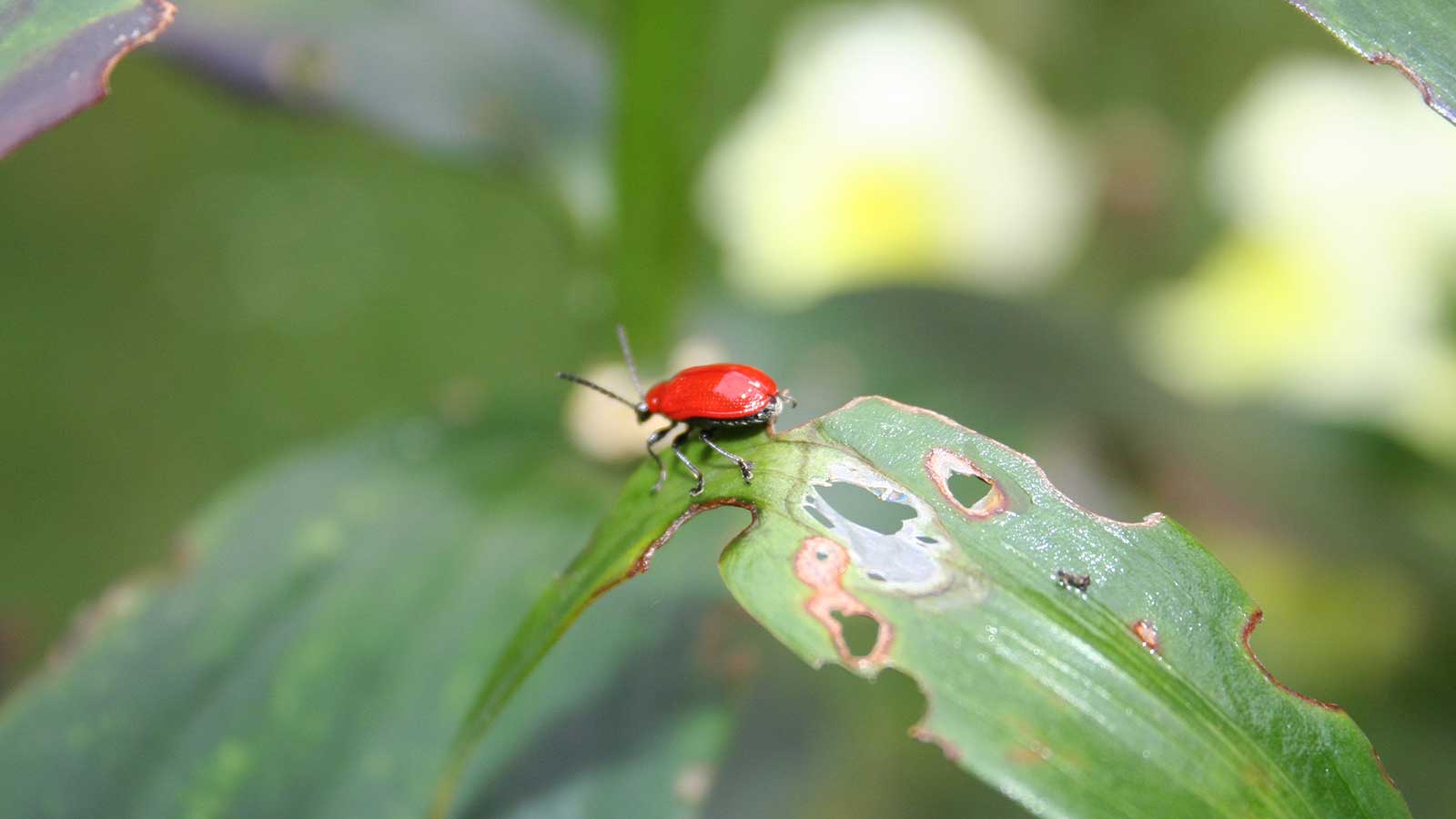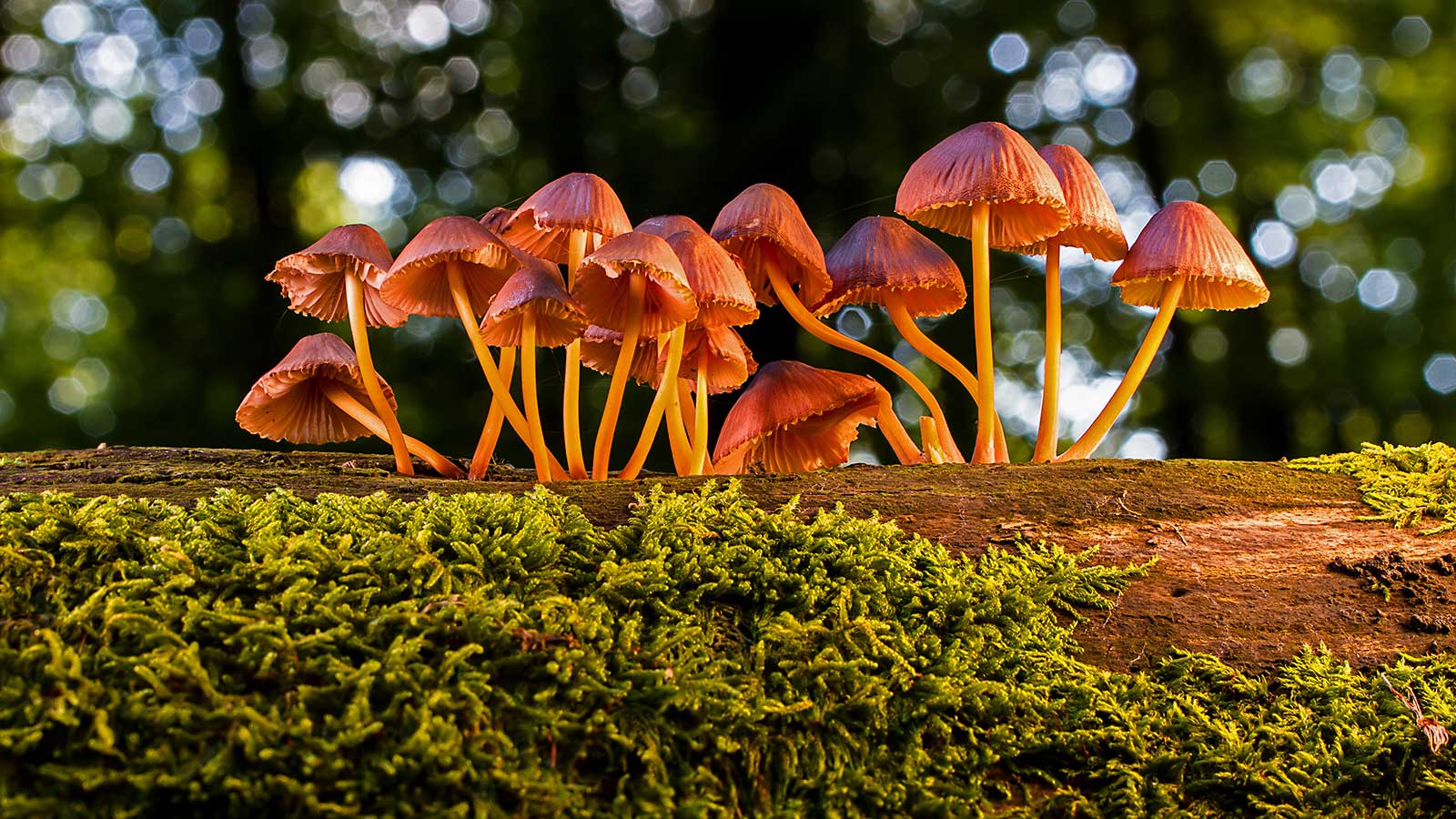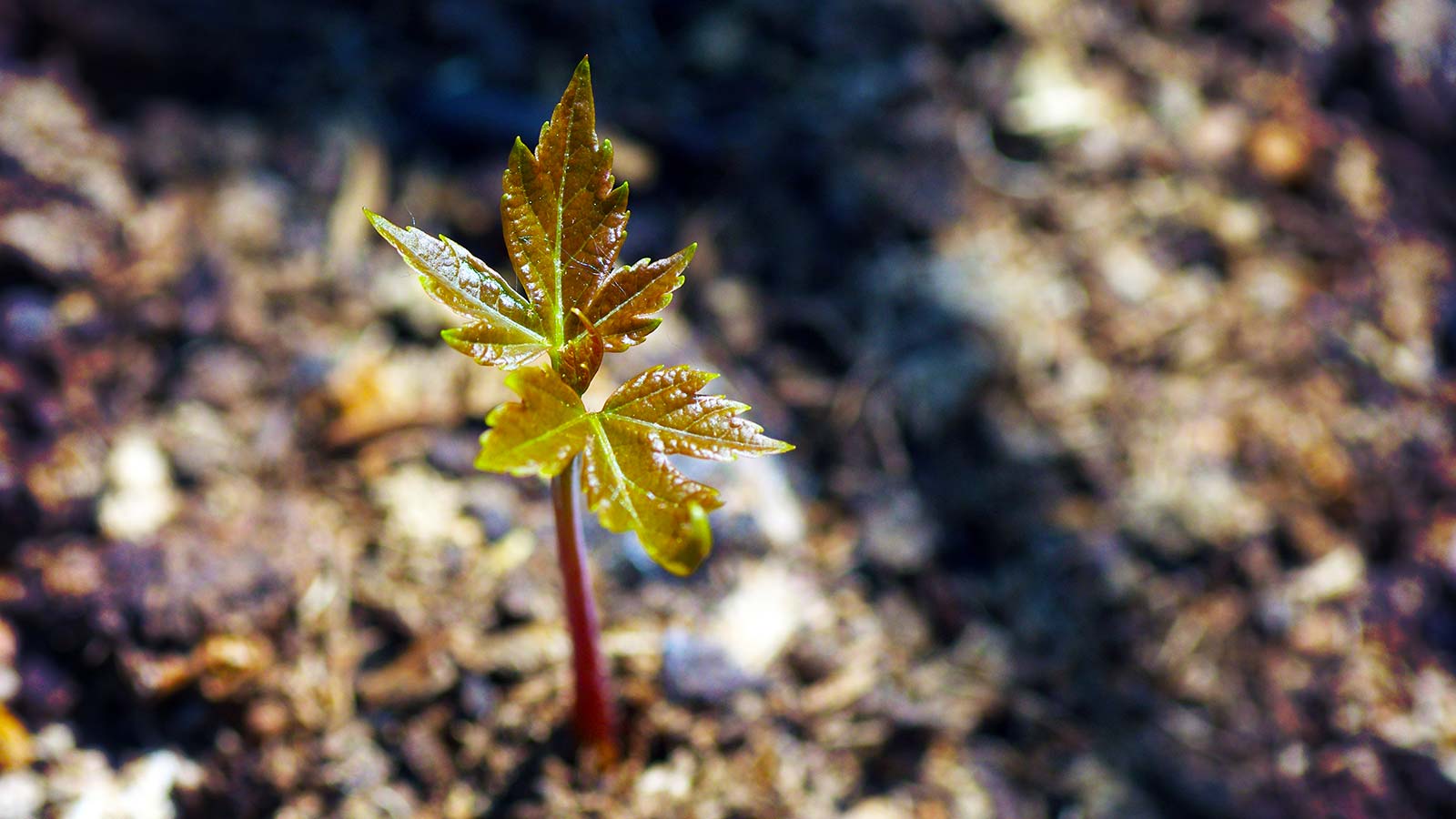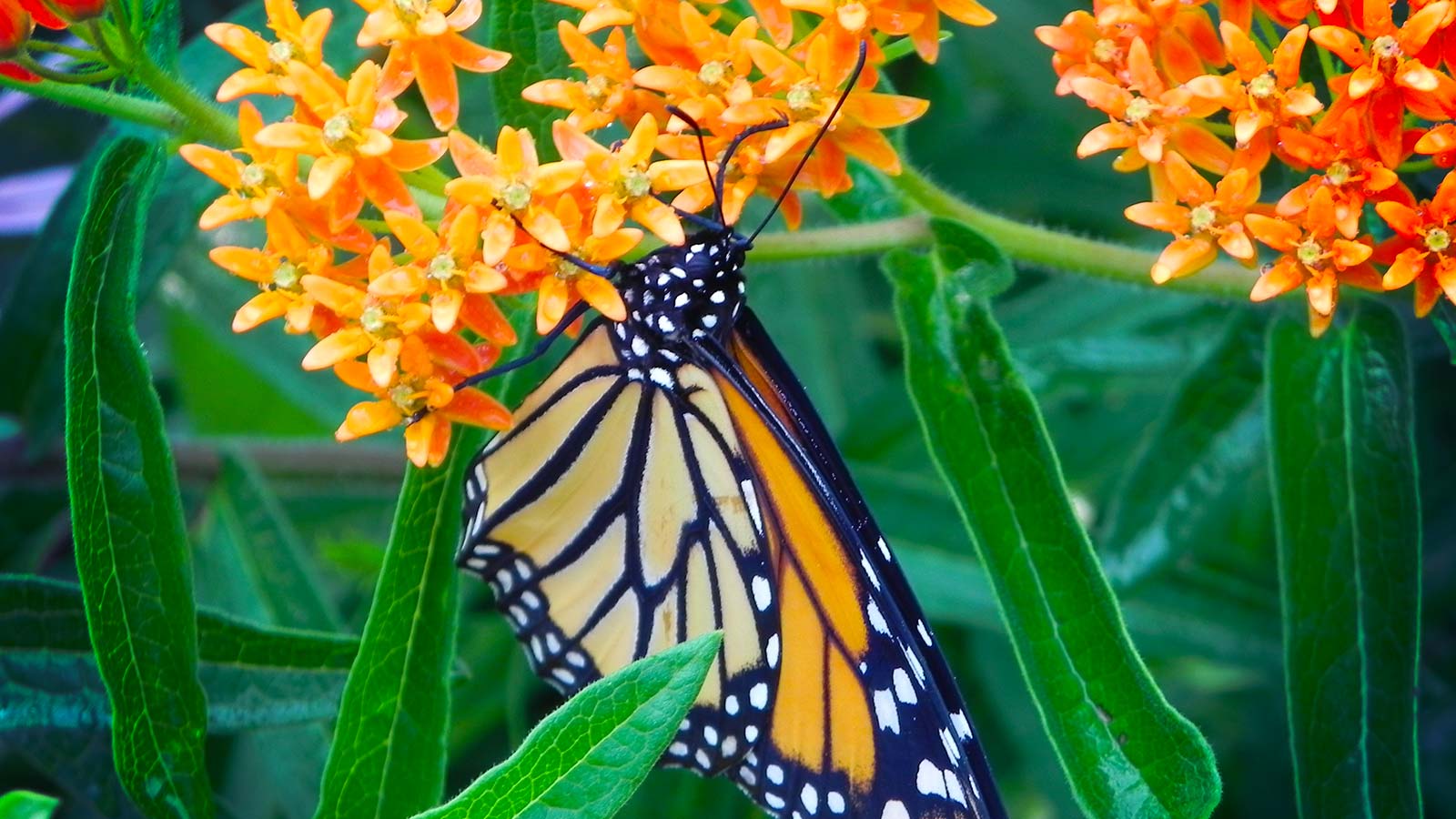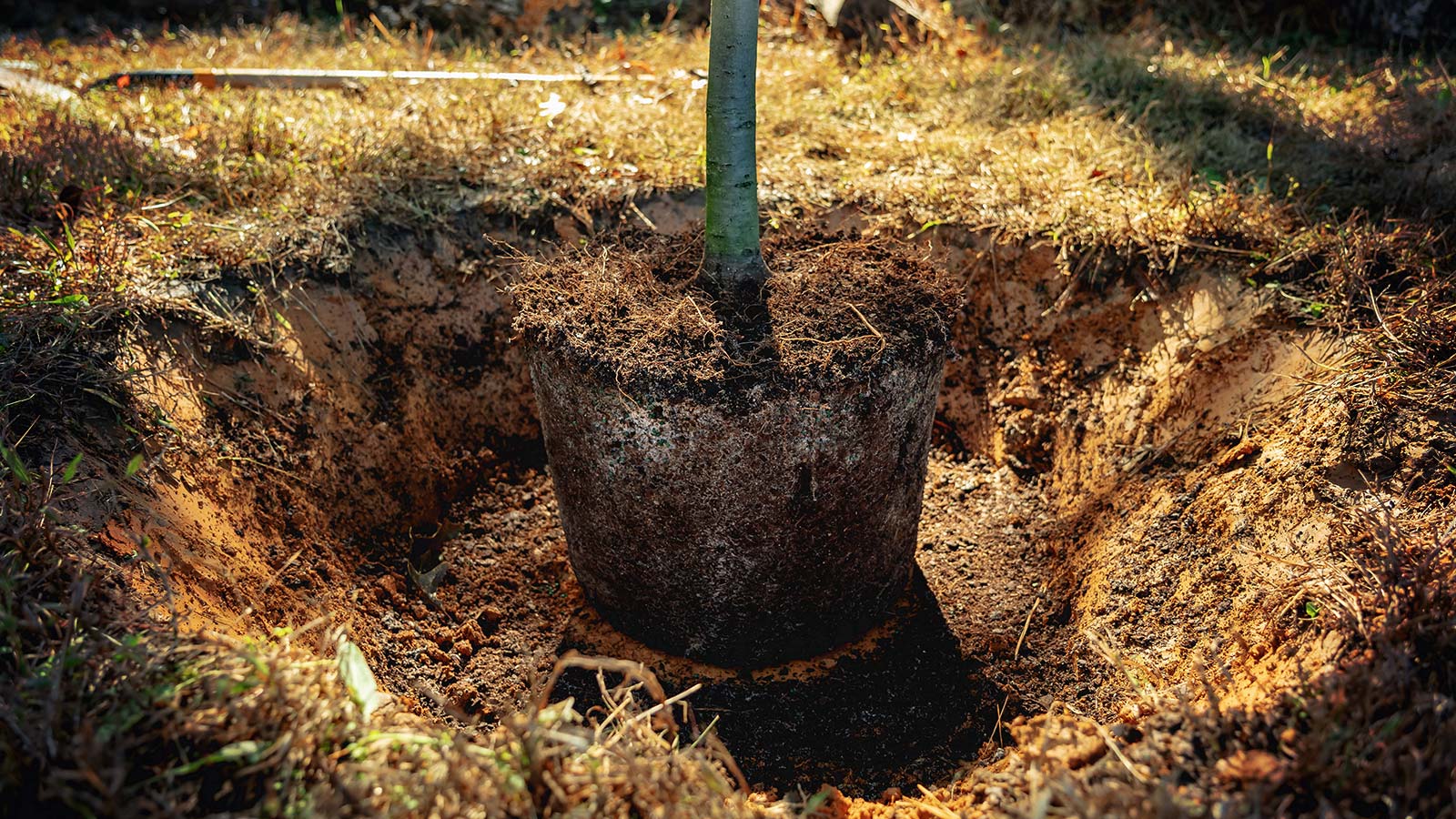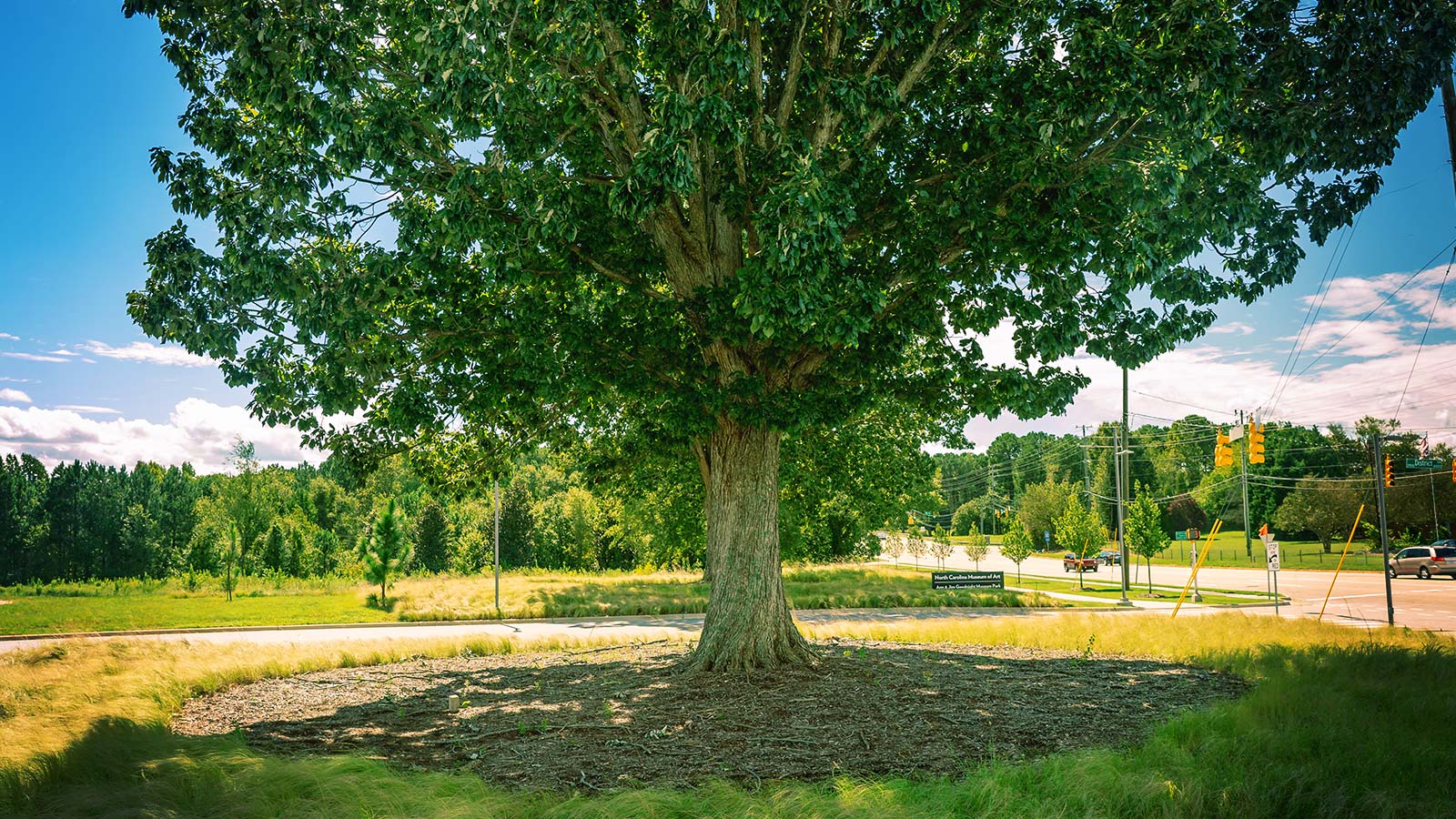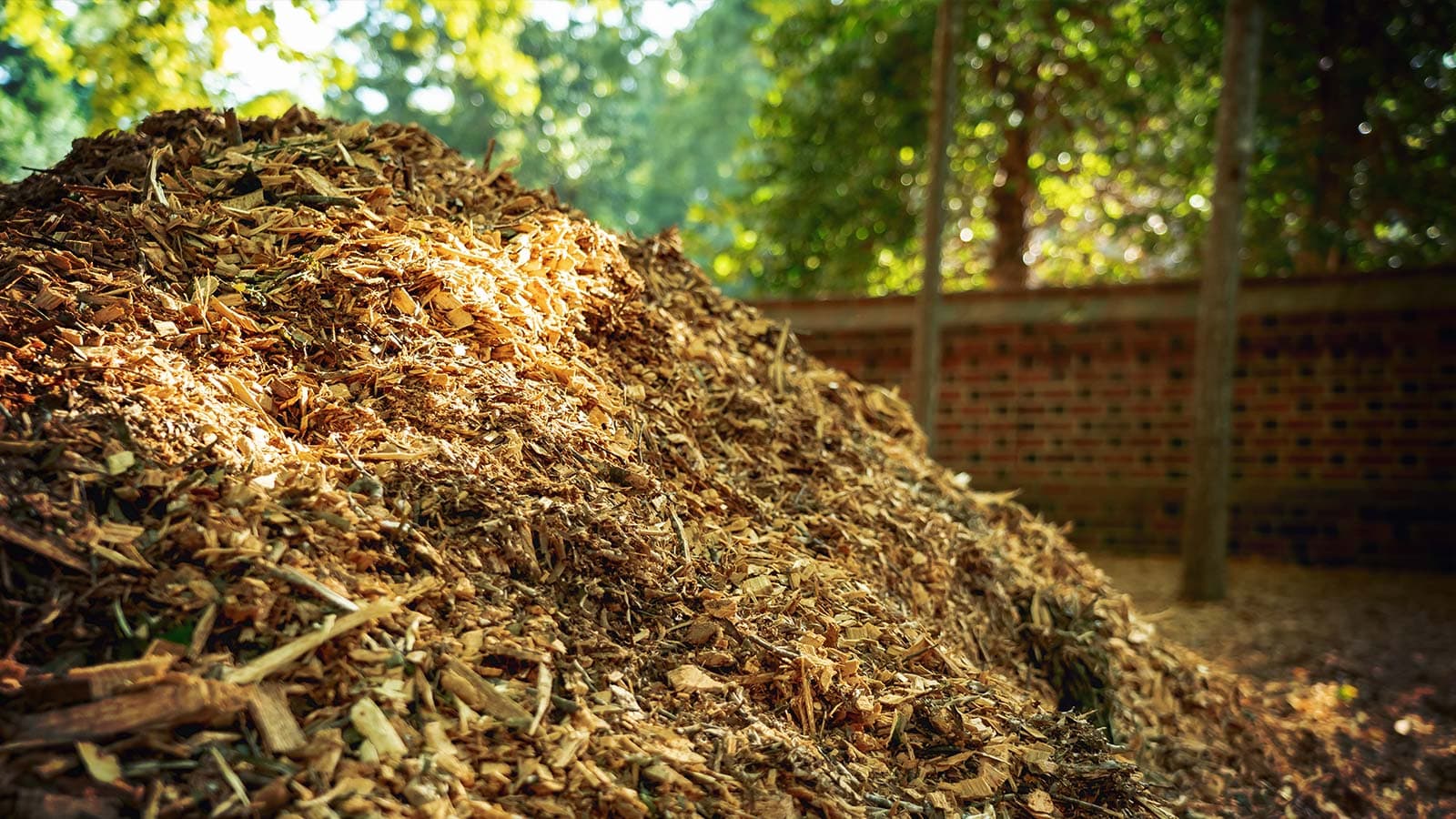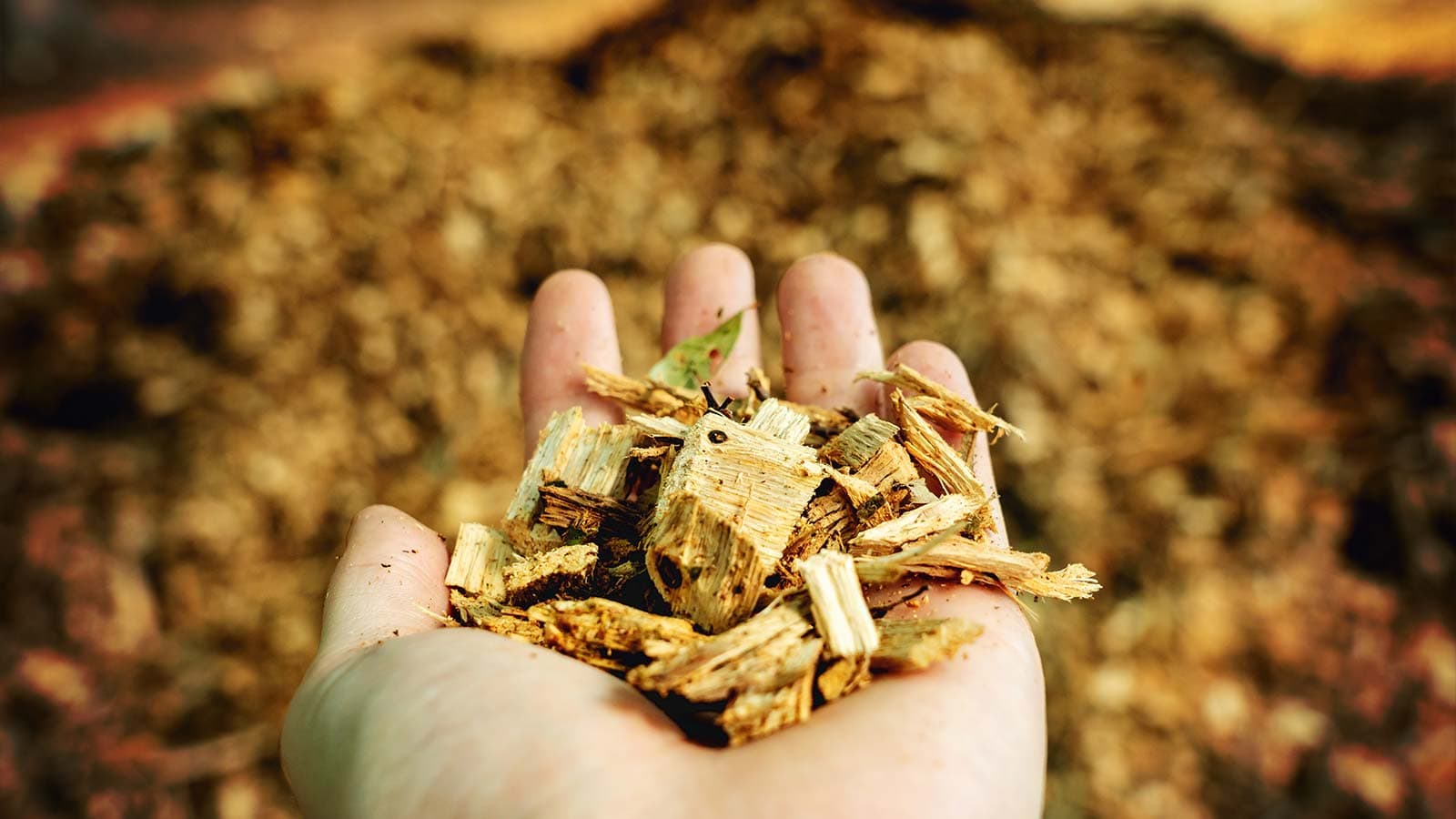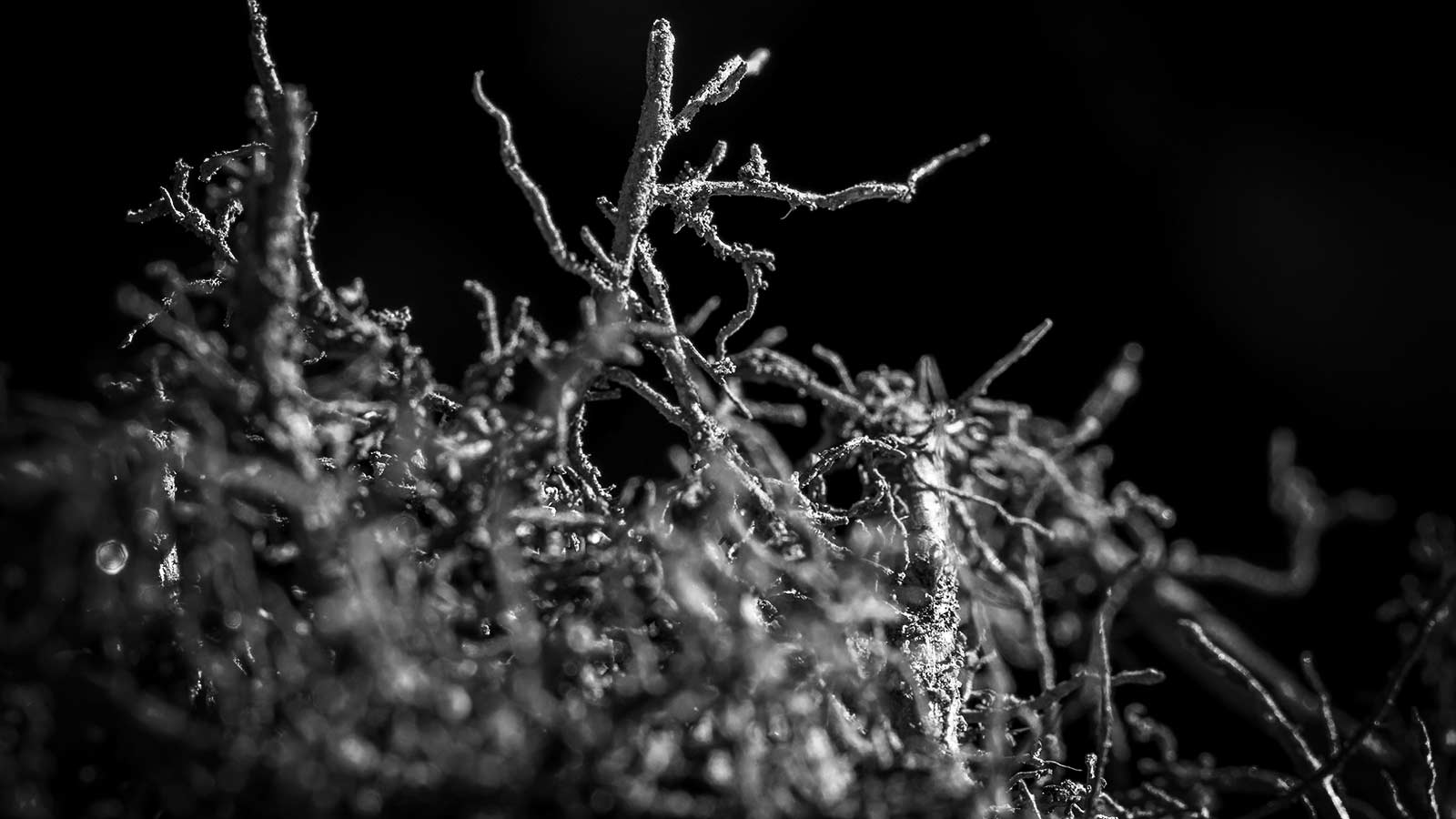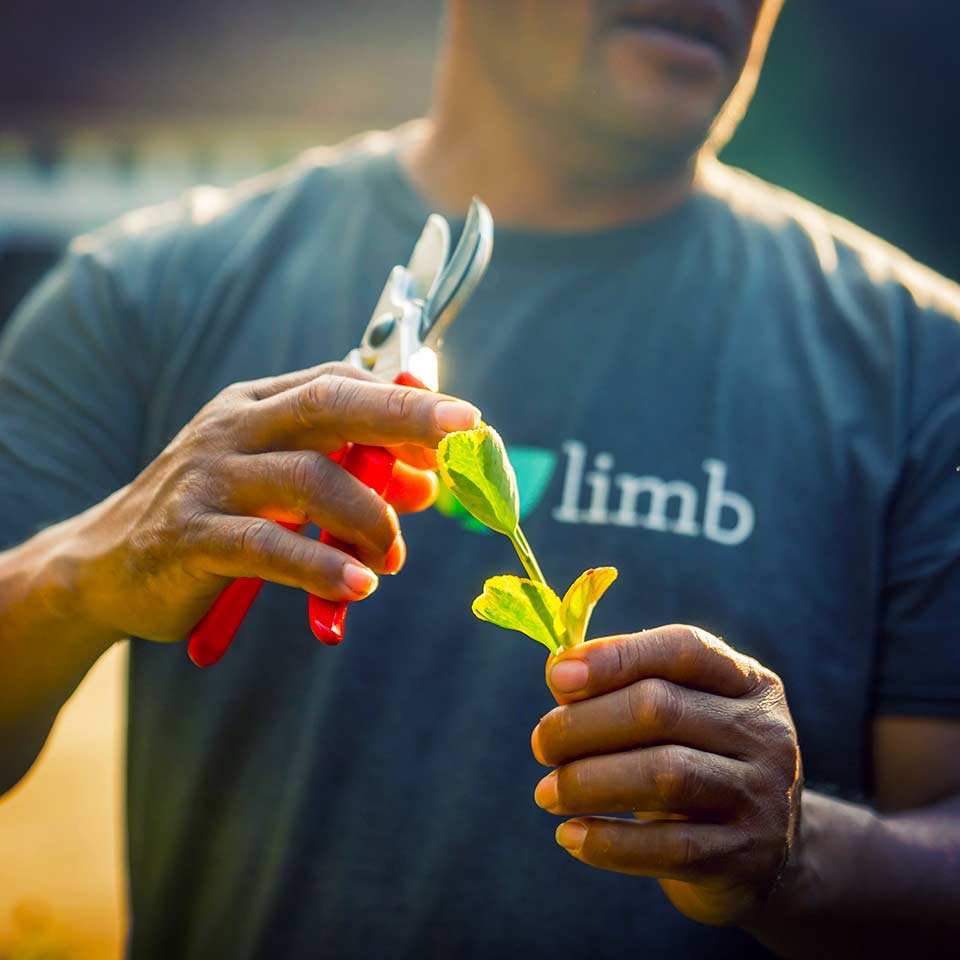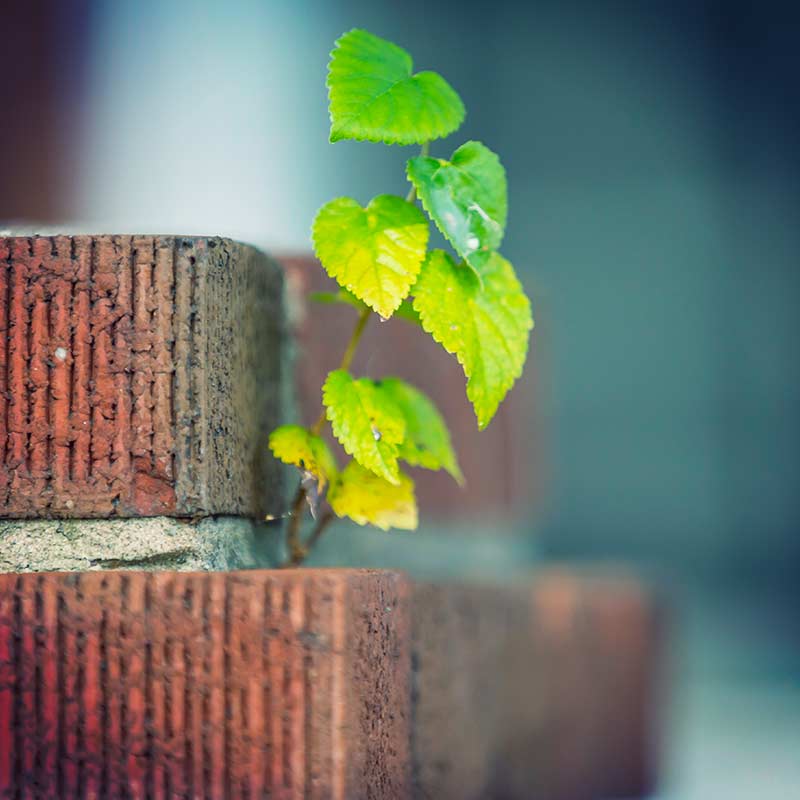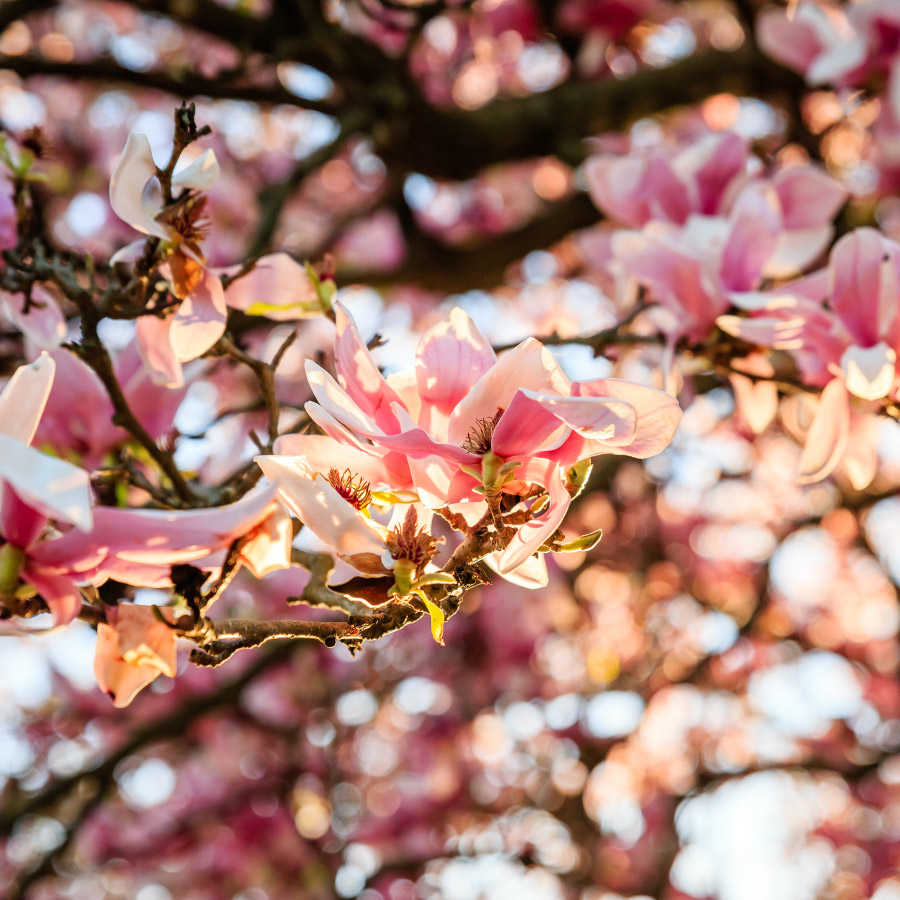Dragon’s Blood Tree
The Dracaena Cinnabari, or, the Dragon's Blood Tree, is a fascinating tree!
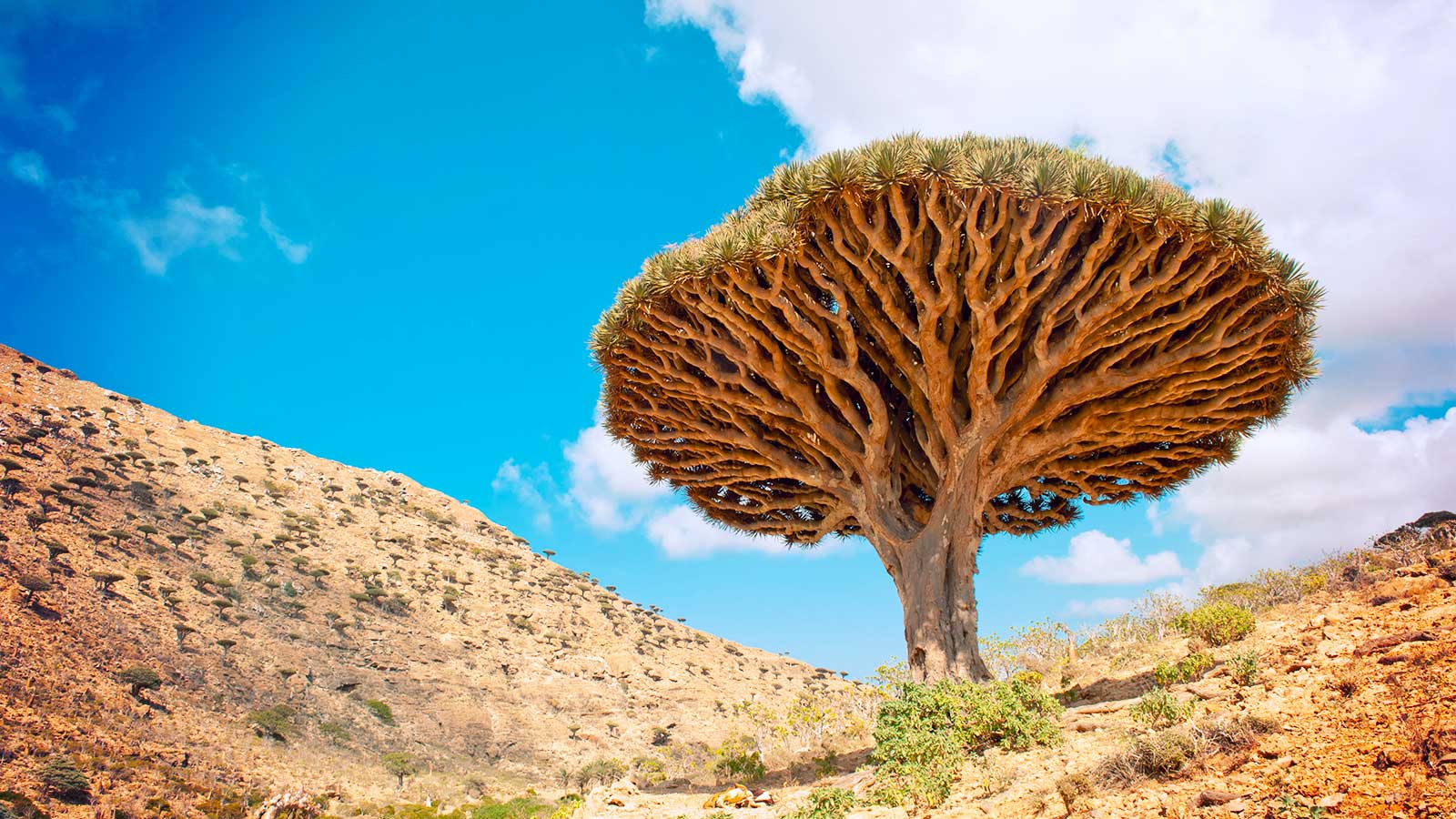
I was watching BBC’s documentary “Life” last night and the particular episode was all about plants. BBC featured some incredible plants, but the one that really caught my attention (being the tree guy that I am) was the Dracaena Cinnabari, or, the Dragon’s Blood Tree. This odd looking tree grows in the mountaintops of the Socotra Archipelago, which is a group of four remote islands located in the Indian Ocean south of the Arabian Peninsula.

The Dragon’s Blood Tree is named for unique red sap.
This red sap forms a resin that was a prized commodity in ancient times. Romans and other old civilizations used it as medicine and as a red dye. Dragon’s Blood resin has enjoyed continued popularity throughout history for various purposes, and even today it is still used as a varnish.
It has a truly bizarre shape, reminiscent of a giant mushroom or an upturned umbrella.
This odd shape is not an accident. It is crucial to the tree’s survival. Socotra is a hot, desert island with an especially tough dry season and very little rainfall. In order to survive here, plants must develop clever methods for obtaining water. As the occasional morning mist sweeps across the mountains, water droplets accumulate on the Dragon Blood Tree’s long waxy leaves.
The tree’s shape allows it to transport the water from the leaves down the branches and trunk to the roots.
It is important that the droplets run down the tree because the sun will evaporate any that fall on the hot ground below. But if water does happen to fall, the tree provides enough shadow with its dense canopy that some of it is able to seep into the soil before being evaporated. This tree’s ability to survive in such a harsh setting is amazing, don’t you think?
So there you have it! The Dragon Blood Tree is one of many fascinating trees on Planet Earth

